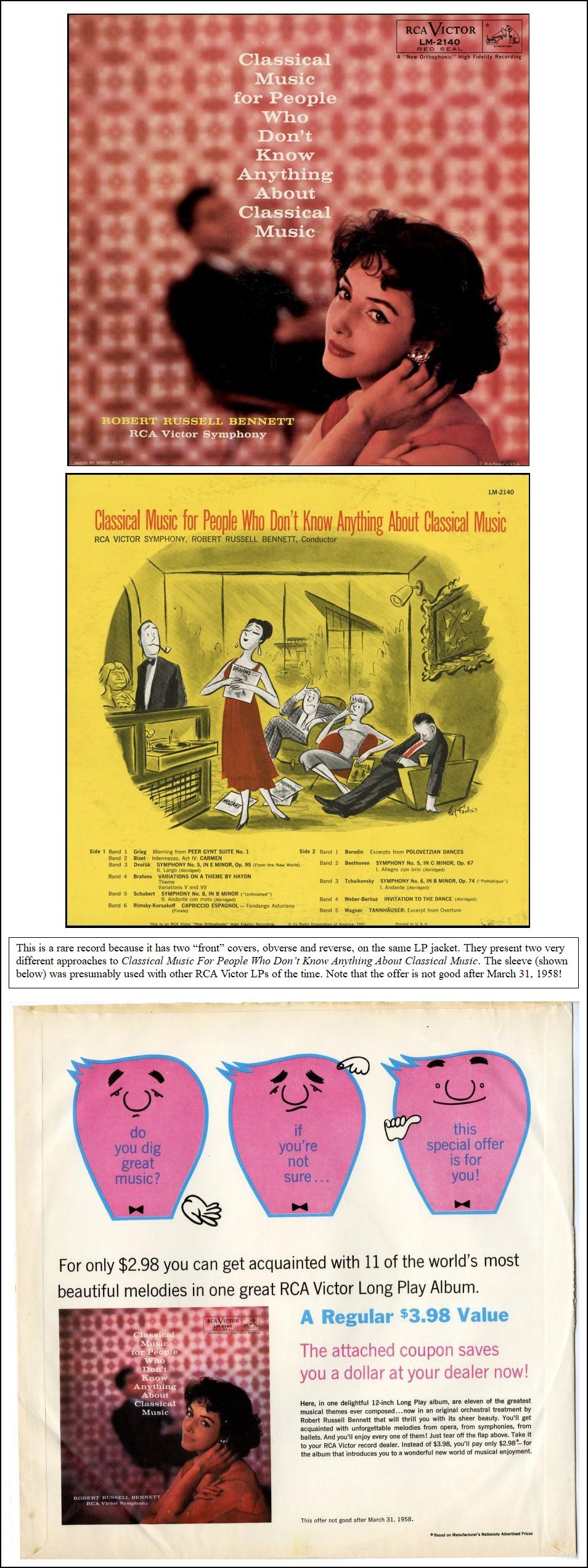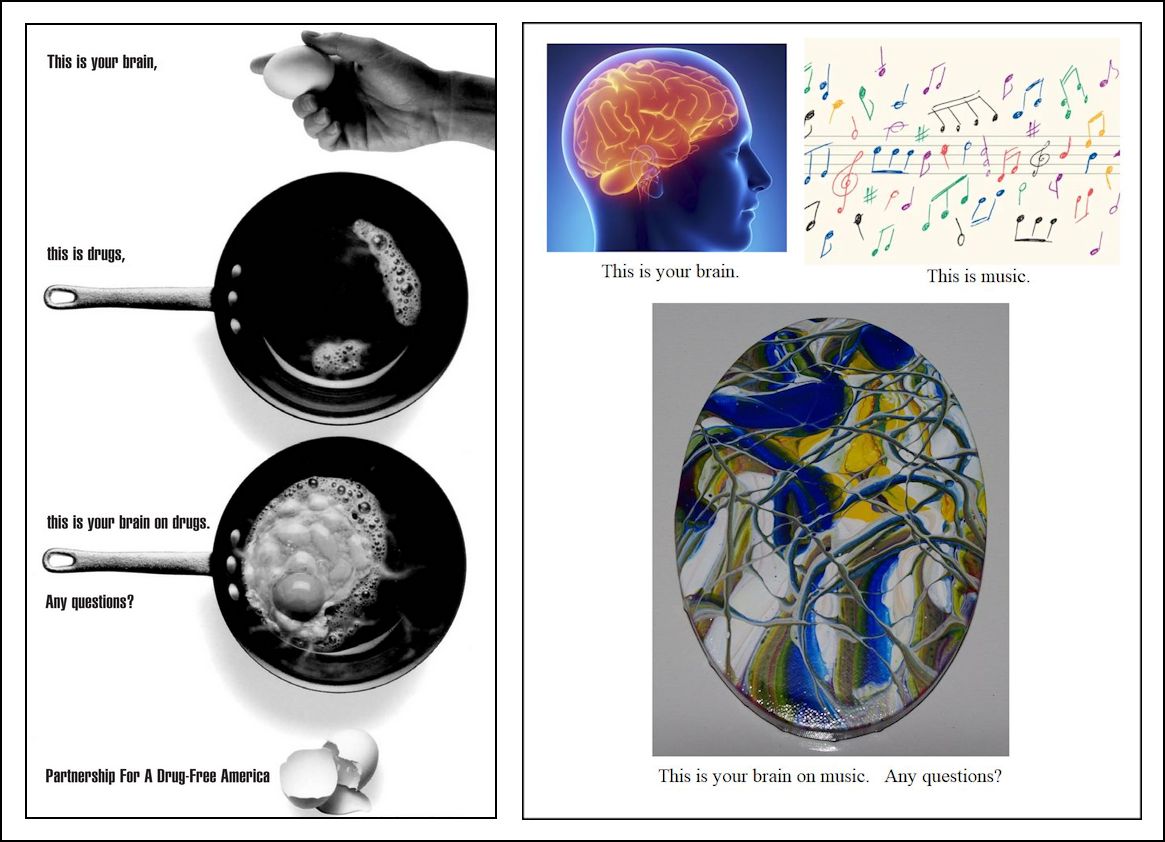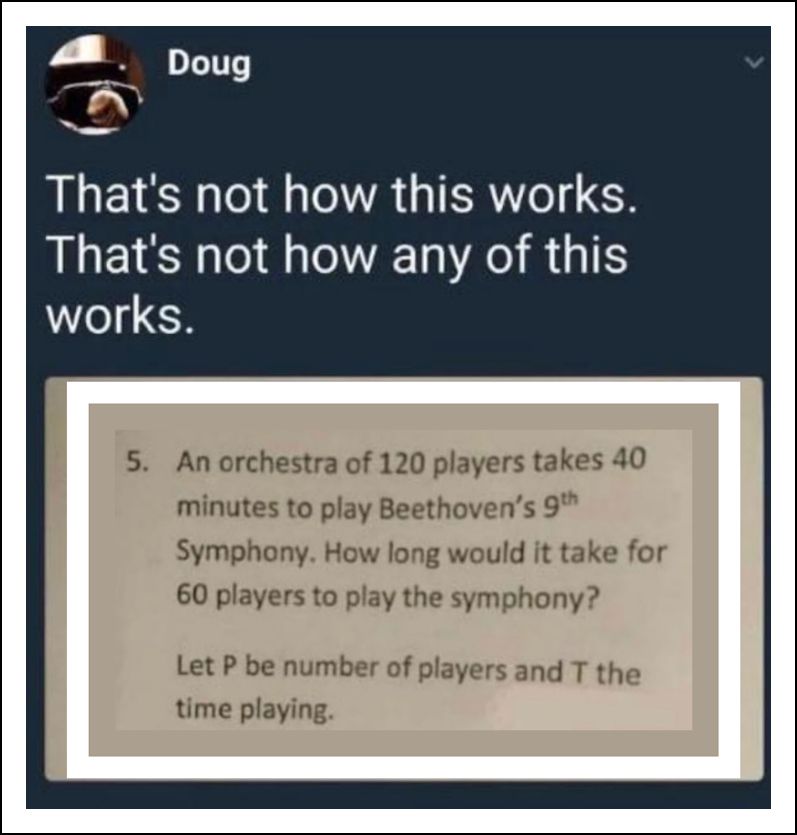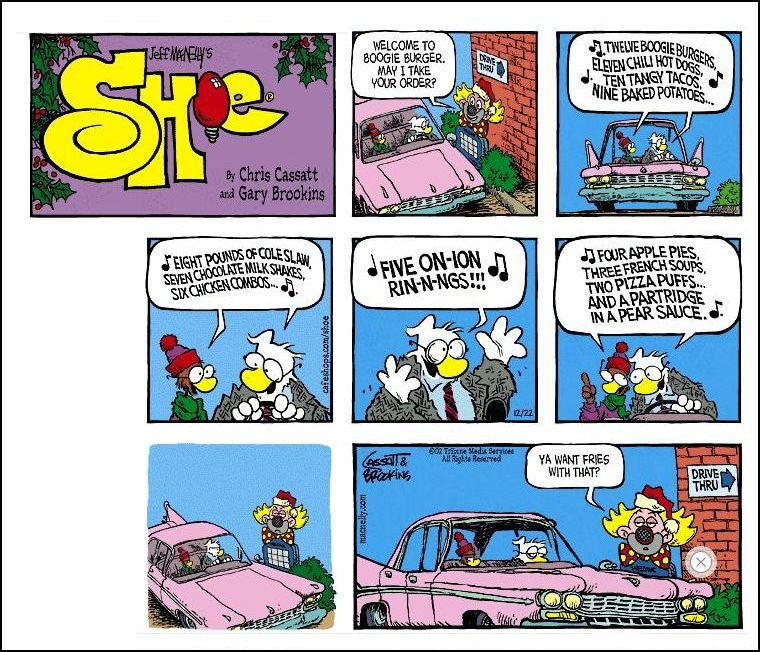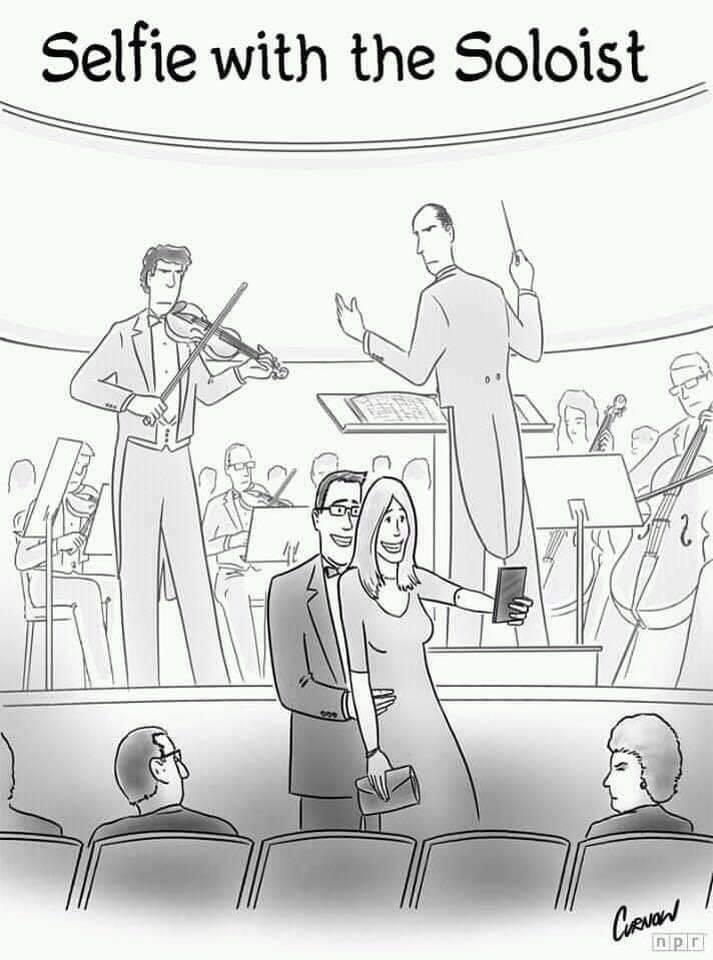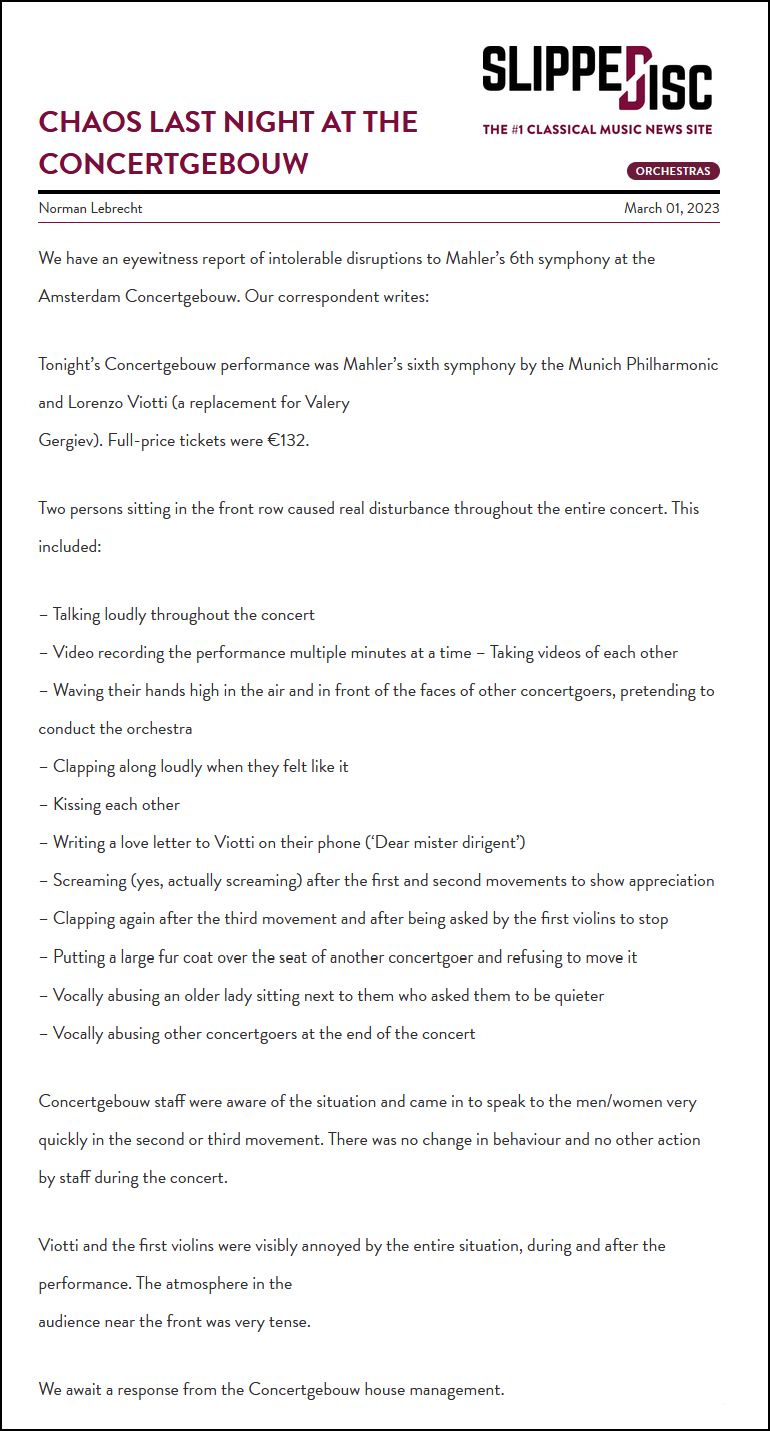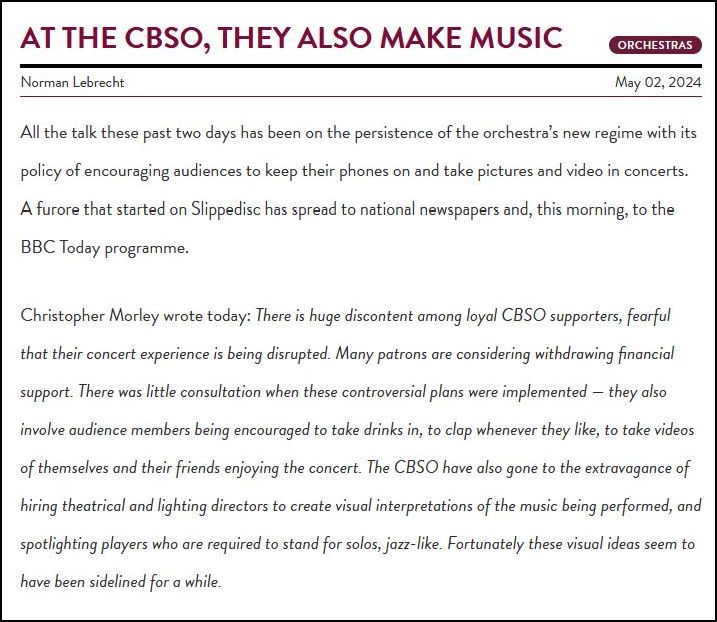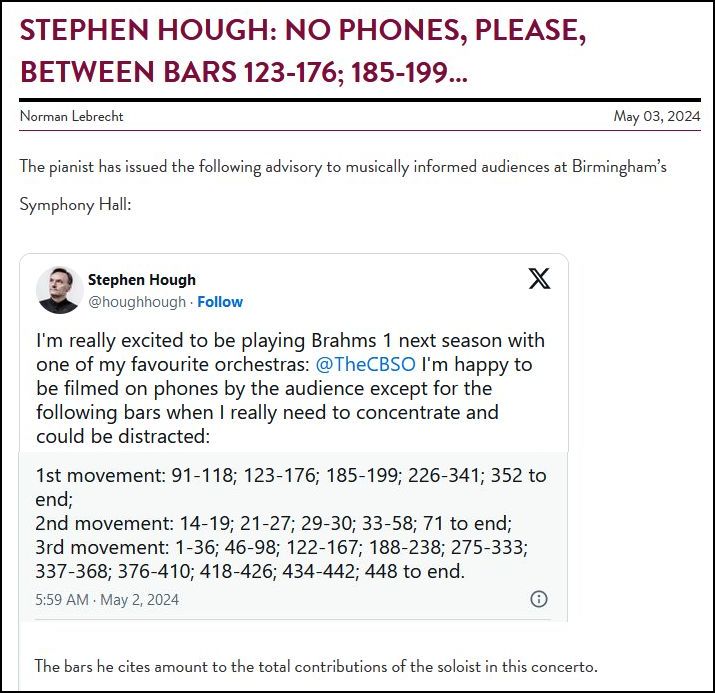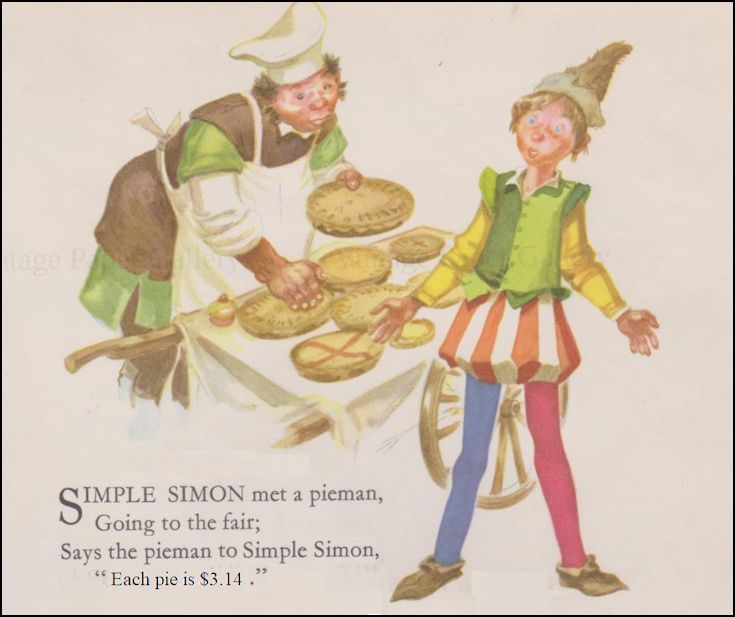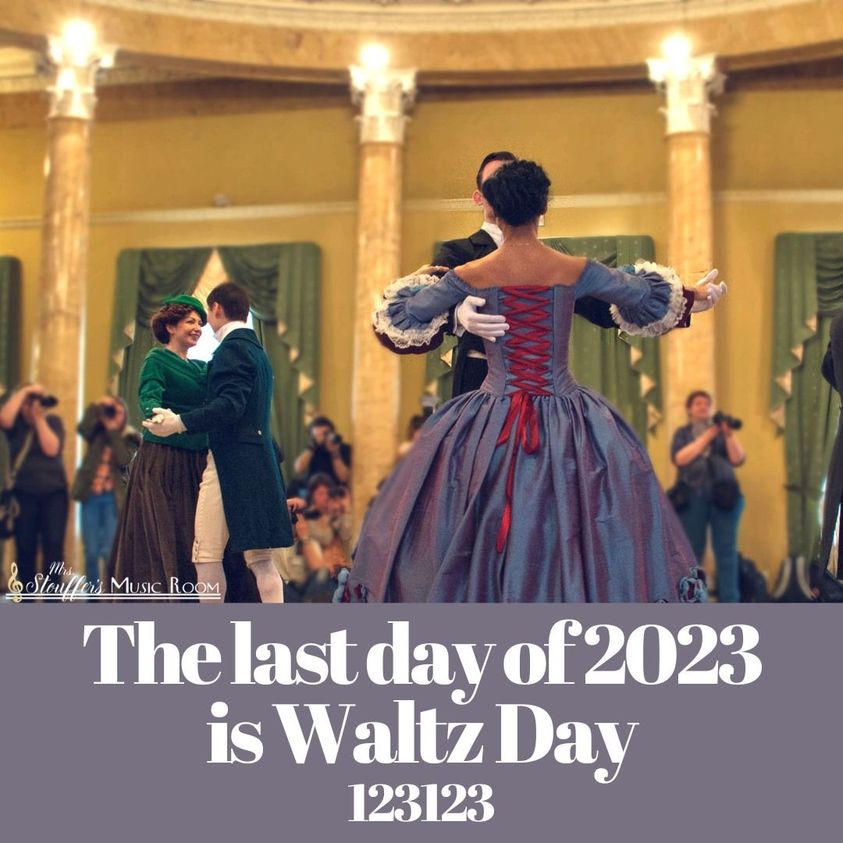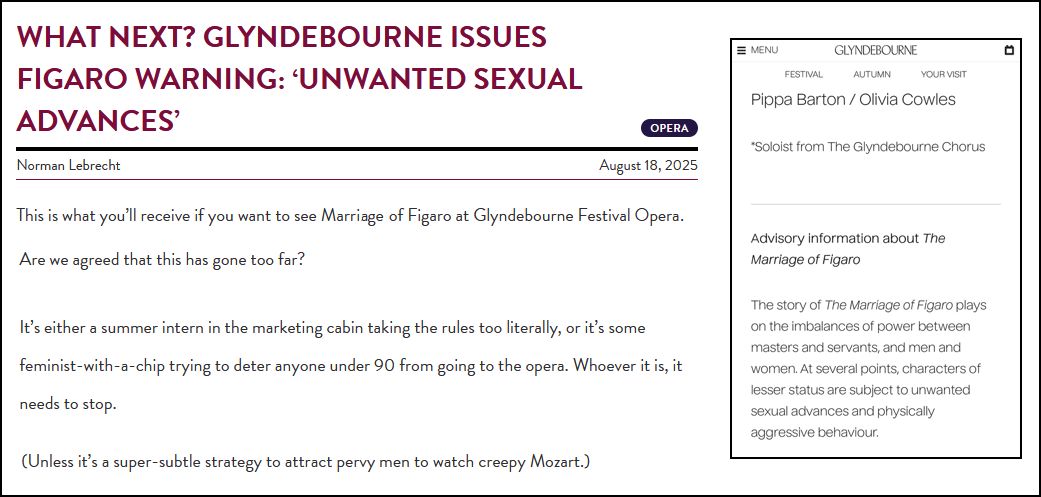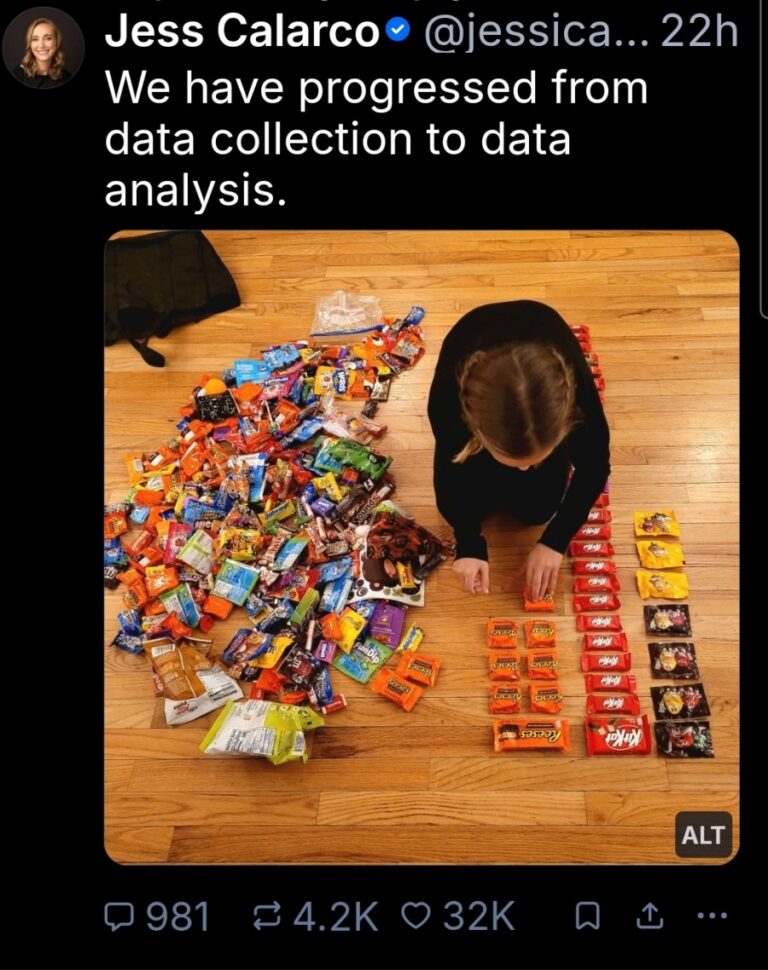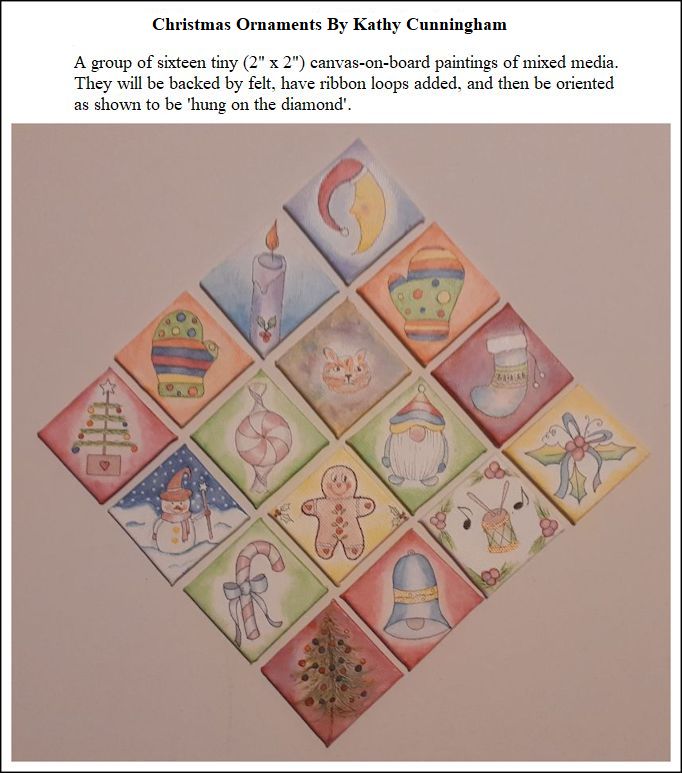Various Thoughts About My Work
(and
a few other things)
by Bruce Duffie
First posted in March, 2017, with
additions from time to time
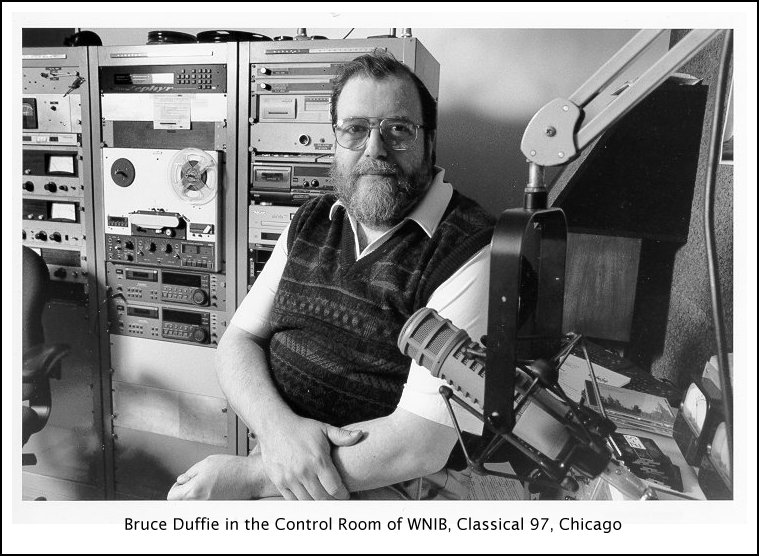
On editing my interviews...
As you may or may not be aware, my full-time
employment from 1975-2001 was with
WNIB, Classical
97 in Chicago. Except for four
hours overnight during the week, and four
hours on Saturday afternoons,
the programming was exclusively classical
music in its great variety. In addition
to my regular duties as announcer, I also
gathered interviews with various musicians for use
both on the air and in selected magazines and journals.
In all (through about 2005), I did over 1600
exclusive interviews. A few guests I met
twice, and very rarely even more times. While
it was not the original intent of the management
to include atonal or cutting-edge repertoire,
I was able to add that material on my weekend overnight
shifts, and part of those programs were the interviews
with composers and performers of new music.
Preparing and presenting these interviews
on webpages is very different from
editing sections for use on the radio.
What sounds good to the ear may not
look good to the eye. Hence, various
changes need to be made in order for the resulting
impact to be virtually the same.
Let me state here that it is my purpose
and duty to render the thoughts and
ideas of my guests as completely and accurately
as possible. It is also my feeling
that I should make the guests look good.
I have a genuine interest and overwhelming
love of my subject, and always tried to
solicit ideas from my guests in response to my
own inquires and proddings. Occasionally,
I would ask a question which was purposely ambiguous
in order to allow the guest to have the freedom
to answer in whatever way he or she chose.
This would, however, come after at least a few questions
which would indicate to the guest that I, as the interviewer,
knew what I was talking about, and that I was interested
in knowing what they had to say.
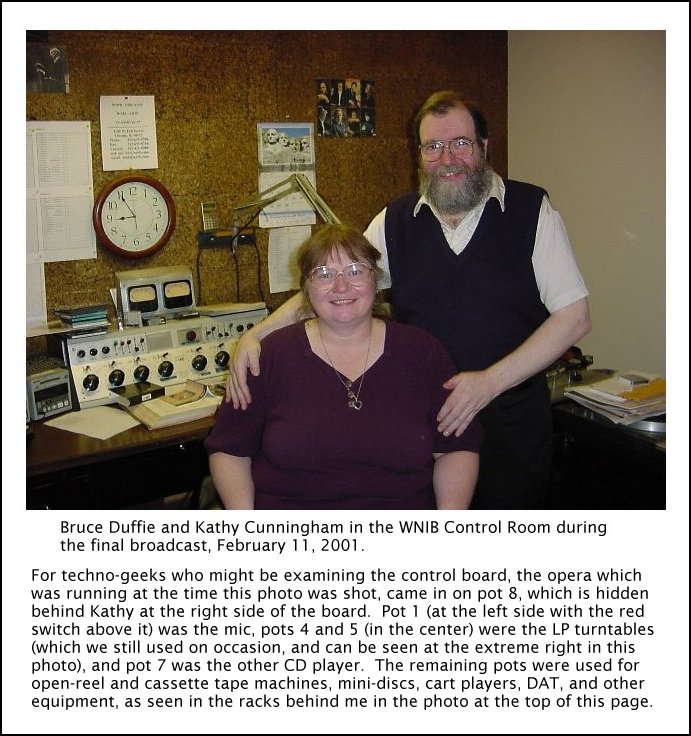 As to the actual editing, when doing it
for the radio, I would always try to
select sections that showed my guest to their
best advantage. I would also make
sure to end the section on a positive note.
As to the actual editing, when doing it
for the radio, I would always try to
select sections that showed my guest to their
best advantage. I would also make
sure to end the section on a positive note.
Let me inject here that when WNIB was
going off the air on its final day, I
chose an opera that ended with a positive sound
in a major key — Turandot
— and the final piece of music at 12 Midnight
— Lyric for Strings
by George Walker
— was also a chosen because
of its aural impression, and
the fact that it ended quietly in a major
key. My first thought was to use
Adagio for Strings
by Barber, but that piece was so
associated with the movie Platoon and other works
and dates, that I desired something
more unique and somewhat unknown with the
same feeling. To read more about the final
broadcast, click HERE.
When editing the spoken words for visual
(print) use, certain mannerisms and
repetitions become really annoying, and
when something is annoying, it detracts from
the overall impact. So the phrases ‘you
know’ and ‘I think’, and
the interjection ‘well’
were almost always dropped. I also
usually removed the phrases ‘kind
of’ and ‘sort of’ in most instances
since they diminished the thought and derailed
the impact. My guests were
strong and vibrant, and there was no reason to veil
them in any kind of namby-pamby cloak. In
speech, sentences would often begin with the word ‘and’,
so I would either drop the word, or simply connect
the thoughts into one sentence. Parenthetical
material, which is meant to amplify or clarify ideas, makes
for tricky reading, so I would often re-order the
sentence to get the thoughts together.
I hope you notice that in all of the
instances I never changed any ideas
of my guests, nor did I put words into their
mouths. Their thoughts are what has come
through... at least that has always been my hope,
and what I strive to accomplish. On the rare
occasion that my guest would not answer my question
directly — or at all!
— I would change my question in the print edition
so that my guests could answer in the way
they saw fit. If there were any digressions
or extraneous portions, those were usually omitted,
and any glaring errors were either fixed or
explained. Again, those instances were very
rare.
I did change English-English to American-English,
but mostly only in spelling.
‘Labour’
became ‘labor’,
‘theatre’
became ‘theater’,
‘programme’
became ‘program’,
‘organisation’
became ‘organization’,
and references
to a group became singular rather than
plural. ‘The audience
don’t care’ became ‘The
audience doesn’t care’.
This adjustment, by the way, is only in the
text of the interviews. The biographical
boxes and reprints of obituaries were almost
always left intact.
People whose first language is not English
will often become quite proficient
with English vocabulary, but will continue
to use their original structure patterns.
Whereas in English we put the modifiers
first — a lovely blue sky
— others might speak about ‘a
sky blue lovely’.
Those quirks have often been fixed, though
not in every instance.
It always was my intention to present
these conversations as something
to learn from and enjoy. The transcripts
are not of the ‘legal stenographic’
kind. My guests were not on
trial. I was a guest at their concert
venue or in their hotel, or they were guests
in my home or studio. I always treated
them with kindness and respect, and allowed them
to express themselves without fear of any kind of
accusation or derision.
It is special to be able to do it at all,
but I have managed to do it quite well
in both the audio medium and the printed
renditions. Not to toot my own horn,
but most people seem to think I am pretty good
at both. I have found it necessary
to look not only at the big, overall picture, but
also the smallest details. I’m
sure there is nothing new or extraordinary about
this, but keeping that in my mind as I edit goes
a long way to strengthening the impact of each interview.
I know these interviews
are generally long, but
they are what I have, and I want to share
what is there. In a radio broadcast,
people have to sit there until it is over...
or go away and miss whatever comes next.
On the printed page, readers can interrupt their
journey and (hopefully) come back at some point
to pick it up again without missing a beat.
Occasionally I will update the pages
with new photos and links.
So even though a date at the bottom might indicate
the page was uploaded before others,
that is why later interview links can appear.
I do not do this chore very often, so there
may be links which could be on a page, but are
not. However, as long as there is the possibility
of additions or corrections, things might get
improved!
On that thought, it always pleases me
to be able to include links to other
interviews within each new one that is posted.
In most cases, these are names that are brought
up by the guest, or appear in the biographies
or obituaries. Only occasionally have
I introduced them in the course of asking
questions, and in each case, the reference
was, I hope, relevant and logical.
I freely admit to being
a cheerleader for my topic and my
guests. This is not a bad thing since
I am not a news gatherer, but rather a feature
reporter. Because my interviews were Features
rather than News, some of the basic rules
and formats did not apply. For instance,
the old adage for news gathering is to ask these
questions: who, what, where, when, why,
how, huh? That last one (which I have added)
is usually where I got the best and most interesting
responses.
[A brief related addition,
posted on November 5, 2019] Regarding
my webpages, several times I have received
requests to place advertisements. In
all cases I have declined, and despite my tight
financial situation, I hope to be able to continue
to say a resounding “NO!”
to any and all inquiries of that sort.
= = = = = = = = = = =
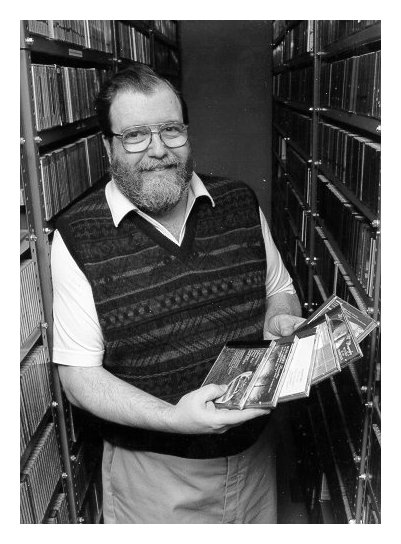 The following list appears on a couple
of the interview pages, but since
people continue to ask, here is the answer
. . .
The following list appears on a couple
of the interview pages, but since
people continue to ask, here is the answer
. . .
I have done interviews with
several musicians who were born in
the Nineteenth Century. My guest with
the earliest birth-date (March 10, 1892)
was soprano Dame Eva Turner.
However,
composer/administrator John Donald Robb
(June 12, 1892), though three months
younger than Turner, was nearly two years
older at the time of our conversation.
Hence, a clarification is needed when I am
asked who my oldest guest was! Next in
birth-order is composer Paul Amadeus Pisk
(May 16, 1893), followed by composer/pianist
Leo Ornstein (December
2, 1893), and lexicographer Nicolas Slonimsky
(April 27, 1894).
Then come mezzo-soprano Sonia Sharnova
(May 2, 1896), composer/critic Virgil
Thomson (November 25, 1896), and composer Vittorio Rieti (January
28,
1898). The order continues with composer/pianist
Ernst
Bacon (May 26, 1898), followed by
composer Marcel Dick
(August
28, 1898), conductor Werner Janssen
(June 1, 1899),
and composer Alfred Eisenstein (November
14, 1899). The remaining four
are composers Elinor Remick Warren
(February 23, 1900),
Otto Luening
(June 15, 1900), and
Ernst Krenek
(August 23, 1900), and finally publisher Hans Heinsheimer
(September 25, 1900).
The rest of my guests were born in the
Twentieth Century. Perhaps,
if I have the opportunity, I might interview
someone born after January 1, 2001,
and thus have conversations with people born
in three different centuries and two different
millennia! Though there is no clerical
error involved, and it is not my intent to pad
my statistics, somehow the film Mr. 3000 comes to mind.....
= = = = = = = = = = =
Many of my guests are mostly or completely
unknown, and in an odd way, that
pleases me very much. If someone who is
little-known becomes more-known through my
efforts, then I have succeeded in bringing forth
something special to the composite knowledge of
mankind. A lofty statement, certainly, but when
one thinks about it, each of us is asked to push our
tiny segment forward, and my task seems to have been
to enrich the musical world through discovery of interesting
items. Yes, I have also presented some of the
best-known and most popular figures, but, as John
von Rhein mentioned in a Tribune
article about the station, he admired my
collection of ‘oddball’ composers and performers.
Many times, after doing a program featuring
one of them, I would get a call or two asking why
this person was not better-known. The callers
would remark to the effect that the music or performing
artistry just presented could certainly stand
up against the output of the well-knowns.
Editing these interviews from a quarter-century
ago or more, I often find interesting
sidelights and tidbits that either amplify
ongoing ideas, or give new insight into little-explored
or un-spotlighted areas of the subject.
It is truly amazing that these thoughts
would be found in the most remote places and
come from such unlikely sources. This is why
I do what I do, and I hope that others both enjoy
and are enlightened by it all.
= = = = = = = = = = =
Despite the fact that my early exposure
to great music was on radio (mostly
WEFM, the station sponsored by Zenith
in Chicago), and that I built up a huge
collection of recordings on LP and open
reel tape, and that I made my living at another
station (WNIB, Classical 97, also in Chicago),
I maintain — and
have said openly many times — that
the real place to hear great music is live in
a concert hall or opera house. The collision
of these two worlds becomes the so-called ‘pirated’
performances. Usually
operas, these gained wide circulation
amongst the cognoscenti, and in my teens and
twenties I found a number of people who traded
copies of various things with me. However,
once I became a professional radio announcer,
I was very careful NOT to use any of this material
on the air. First of all, the sound quality
was often poor, and even though those of us who obtained
these performances understood this, the casual listener
would not be expected to be aware of the reason(s)
for presenting something in poor sound. Besides
that, broadcast rights were very tricky, and I did not want
to involve the station in anything which could have caused
legal problems. It is a thorny issue, and the musicians
I have spoken with have not come to any kind of consensus
about it. Many of them collect copies
— not just of themselves but of others,
both past and current — even
while decrying their use and existence! I remember
specifically one top record executive remarking
on the Texaco Opera Quiz that he does, indeed, collect
them, but would immediately bring suit against
anyone who tried to distribute copies of one of the artists
on his label!
These days, though I am not involved
in the day-to-day broadcasting activities,
I am posting interviews with my guests
and illustrating the webpages with photos
of the artists and their recordings.
I find things on the internet, but try not to
use any copyrighted material, and I eschew
the placement of images of pirated recordings on
my sites. The commercial recordings
are fair game, especially since I am giving them
free publicity, but usually not the broadcasts
and in-house items which seem to abound.
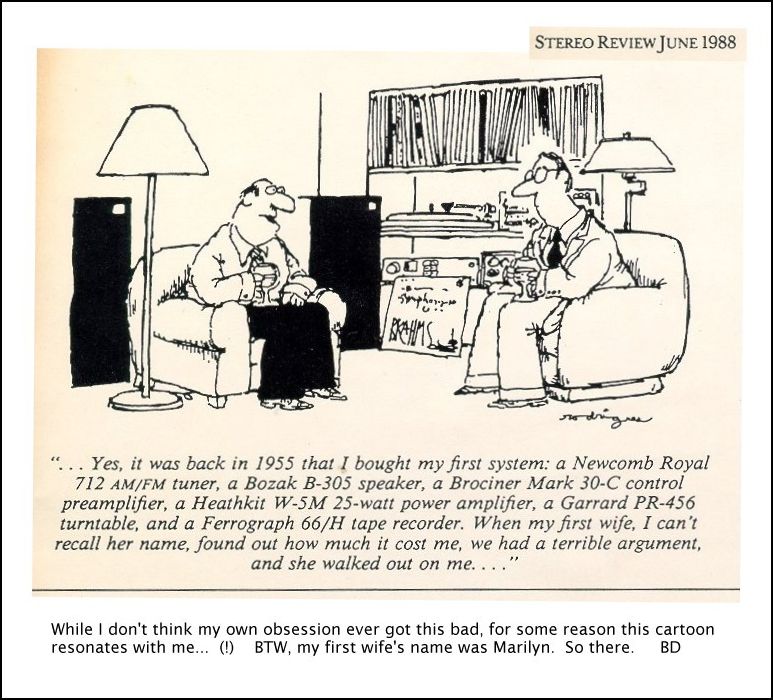 = = = = = = = = = = =
= = = = = = = = = = =
A few random thoughts.............
Whoever named the Butterfly committed
a spoonerism. I think that
every time I see one flutter by, no matter
what the articles on its etymology say.....
Technically, I was born in Elmhurst,
Illinois, on March 11, 1951.
My mother’s doctor was at Elmhurst
Hospital, so that is where she went
to deliver me. My father, however, always
insisted I was born in Evanston, since that
is where we lived at the time. With the myriad
suburbs surrounding most major and minor
cities, I wonder how often this kind of thing
happens... It is pleasing to me that
I am exactly — to the day
— 100 years younger than Rigoletto. Another
Verdi opera, Don Carlos also
had its premiere on March 11, but in a later year (1867).
I also share that date with composer Carl Ruggles
(1876) , and band leader
Lawrence Welk (1903). A quick Google
search just now also revealed many others,
including Shemp Howard (1895). [Related
story... I met Michael Fine when he was producing
one of the recordings made by the Chicago
Symphony Orchestra. I inquired if he was related
to Vivian Fine,
whom I had interviewed. He said no. I then asked if he was
related to Irving Fine, another composer, and
he said no. Finally, I asked if he was
related to Burton Fine, principal violist of the Boston
Symphony. Once more, the answer
was no. He then volunteered that he was
related to Larry Fine of the Three Stooges.] More
March 11 birthdays... Astor Piazzola (1921),
Mercer Ellington (1919), and Henry Cowell (1897).
When I interviewed Geraldine Decker,
we had a great laugh that she, also, was born
on March 11 (1931).
They left out the letter ‘D’
from the name Arizona.
I’ve never been there,
but I know it’s quite
arid in the South West...
There are three major musical works
in three different languages, all
of which the public quite often mistakenly
adds the word ‘the’
before the name.
To wit: Messiah,
Pagliacci, and Winterreise. Each one is named as
just shown, NOT The Messiah, nor
I Pagliacci, nor Die Winterreise. [Note that the
title of the TV Game Show Match
Game also lacks the article. More
about that program later on this webpage.]
What is with this overwhelming compulsion
to cite the excrement of the
male cow?
English is not the easiest of languages… It can
be understood through tough thorough thought though.
General observation... Regarding professional sports, we,
in the Twenty-First
Century are just like the Ancients.
We take delight when our city’s
hired gladiators defeat any other city’s
hired gladiators. [GO CUBS!]
= = = = = = = = = = =

[September 1, 2017] While there
have always been doomsayers and
other prophets predicting the end of time,
in the past twenty years, there have been
three distinct events which many people truly
believed signaled the End of Days. Obviously,
they were wrong, but it is interesting
to make note of them...
(1) Y2K. In anticipation of the numbered-year
leaving
the 1900s and moving to the 2000s, the
hue and cry was heard all over the
world that the computer systems could not handle
that change, and all our electric and electronic
grids would fail, and we would be destroyed.
Much time and effort was put into correcting
the problem, which apparently worked.
(2) One version of the Mayan Calendar simply stopped
on December 21, 2012,
and many people felt this was to be the
last day of Earth. Another version (which
carried on for many more years) was later
discovered, but that did not seem to prevent a few people
from weeping and wailing and gnashing their teeth.
(3) On November 2, 2016, the Chicago Cubs won the
World Series.
= = = = = = = = = = =
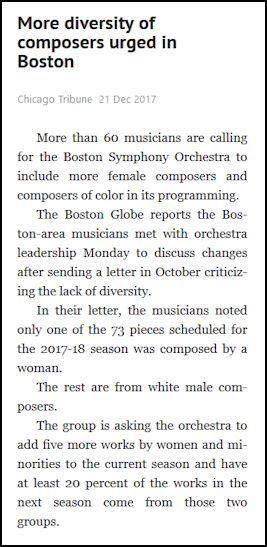
[December 26, 2017] A number of
people have asked me about how I selected
which interviews would be used on the
air, and when they would be presented. These
days, on the WNUR series — and
also on the late (and hopefully lamented) series
on Contemporary Classical Internet Radio
— there really is no rhyme nor reason
for selection. Programs were prepared,
and now the ones which exist are simply repeated
after two or three years, and usually in a
different month. HOWEVER, in my quater-century
at WNIB, I was very careful and rather ingenious
about timing. Fairly early on, I stumbled
onto the use of ‘round birthdays’. This
simply meant that when a composer or performer had a
‘round birthday’ — 50,
55, 60, 65, 70, etc. — they got a show.
Every five years each one would come up, and a
few of the early interviews aired several times. These
programs were in addition to any promotional use
— such as when one of their works was being
presented in live performance in the Chicago area, or
in conjunction with a new recording. The advantages
of this system meant I did not have agonize over who had
been done and who might be neglected, and so forth. It
also was completely color-blind and gender-blind. There
are only 366 possibilities, and everyone has one whether
they like it or not. It also suited my style,
in that I celebrated life and not death. Yes, I mourned
and eulogized my guests when they passed away, but I did
not, thereafter, mark their dates of death with special progams.
What brings all this to mind is a brief
article in the newspaper, which is
reproduced at right. Since I am not doing
fresh interviews any more, I wondered
just how well I did during the time I was gathering
them, from 1978-2006. So, I counted up just
the composers, and of the 496 names, 62 are women
(12.5%), and 15 or 16 are African-American (approximately
3%). The discrepency is a man named Roque Cordero.
He was included in the series of recordings
of music by Black Composers issued on
Columbia LPs, but in our interview he told
me quite forcefully that he did not like that label.
He insisted he was Panamanian, not black. There
are probably others — both in general
and on my list — who dislike or even
disown one category or another, but that is for another
discussion. As to other minorities, I cannot accurately
compute them for various reasons. First, I am often
unaware of their background. A name might come
from a few generations back, or perhaps have been lost
or changed through marriage or assimilation. Further,
I have met a number of composers who belong to countries
other than America. How should I count them? Are
they to be lumped into a vague category of Minority-Citizens?
Then, to discount the entire exercise, it is not
my desire nor intent (nor responsibilty!) to ascertain
any kind of pedigree. My interest is their music, and
their ideas about its creation and presentation. Beyond
that, I truly do not care. Their race or sexual
orientation or any other factors are not my concern.
As long as they are part of the Classical Music
community, I accept them as such, and will give them their
shot (as I like to say). In truth, I consider
all these kinds of labels both insulting and unnecessary.
We are all people, citizens, musicians, etc. Naturally,
I do not want to purposely include or exclude anyone, and
without really paying much specific attention to the matter,
I think I have been rather fair and equitable. Looking
at the numbers mentioned above, I assume that this percentage
also holds for the performers... though the women will have
a higher resulting-number since they account for nearly
all of the sopranos and mezzos! As to conductors
— which are even more neglectful of the distaff side
— there are 14 women in my group of 224 interview
guests, which is 6.25%, plus six African-Americans.
= = = = = = = = = = =
[January
6, 2018] During this Holiday
Season, I was listening to some old favorites,
including The Typewriter,
a novelty piece by Leroy Anderson. It occurred
to me that it might not be too many years
until that device, which was once ubiquitous,
would not be even recognized by most of the populace.
In musical terms, it would be like mentioning
the Ophicleide or the Serpent...
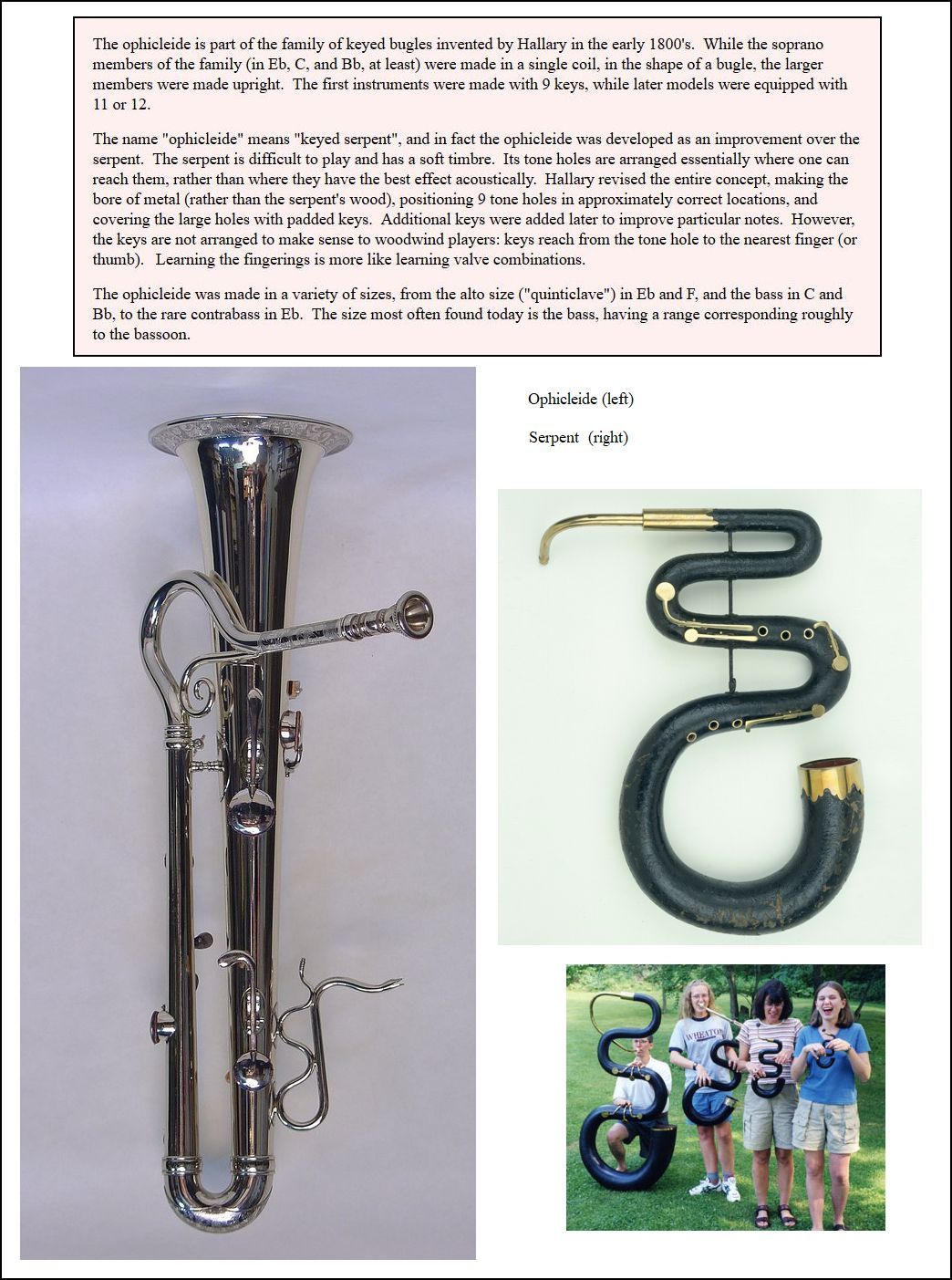
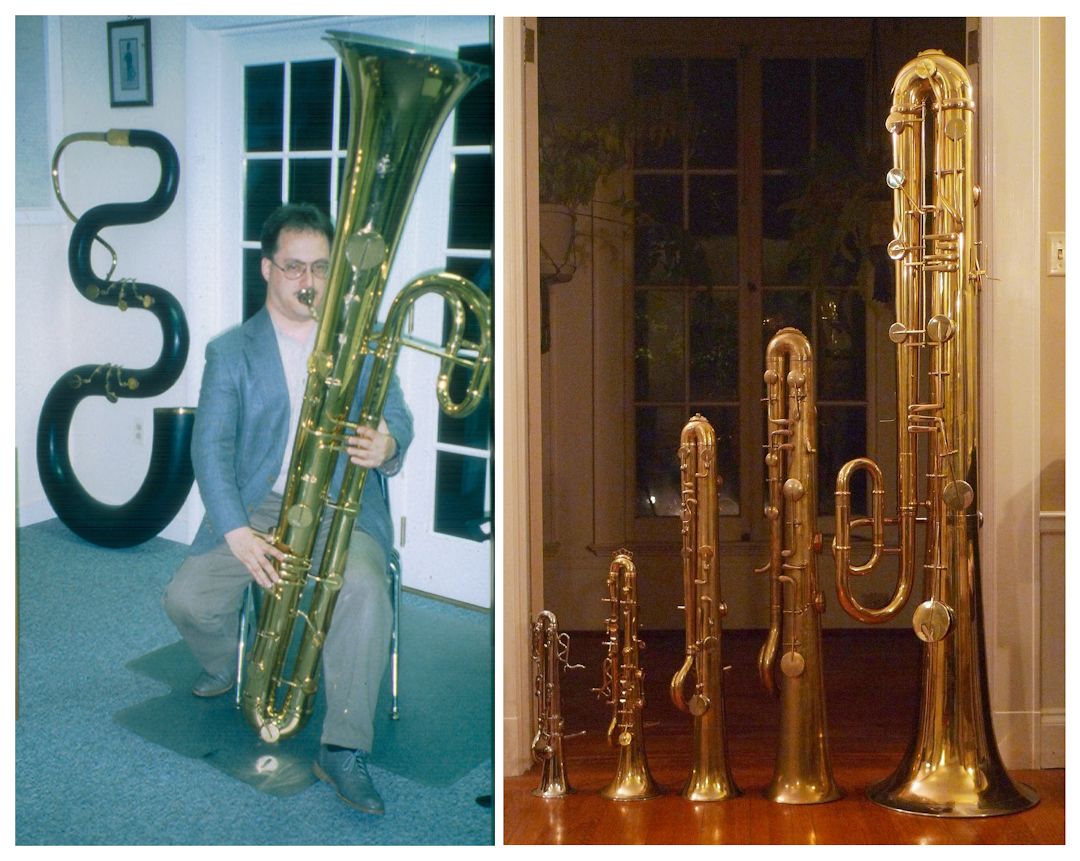
Just
a note regarding soft timbre... Throughout
musical history, usually the
brighter and louder instruments have won the
battle. However, the actual idea of being
‘loud’
is, ironically, soft-pedaled!
There are two significant instances
where the idea (and nomenclature) of
being ‘loud’
was dropped. One of the early
hammer-struck keyboard instruments
was the ‘fortepiano’
or the ‘pianoforte’. Forte
means loud, and piano means
soft, so it was literally the ‘loudsoft’
or the ‘softloud’, indicating
its ability to be both, contrasting to the plucked-instruments
such as the harpsichord
and the virginal. Quickly, the
name was abbreviated to simply ‘piano’,
as we know the instrument
today. So, the idea of being
‘loud’ was dropped. The
same thing happened to the box which actually
turns electrical signals into sound, namely
the ‘loudspeaker’.
We all know it as
a ‘speaker’, which,
again, drops the idea of being loud. [You
may insert here any and all puns involving
the word ‘allowed’.]
=
= = = = = = = = = =
On the subject of things that are obsolete,
I have wondered for a long time if
the slide rule was the object which went the
fastest from being absolutely necessary to being
completely useless. Everyone who
did any kind of mathematical computation needed
one, and relied on it in every instance. But
as soon as the electronic hand-held calculator
came out, the slide rule was immediately pushed
aside, never to return to any kind of use... except
as a relic of a bygone age.
Of
course, we can always look back even
farther in time to the abacus . . .
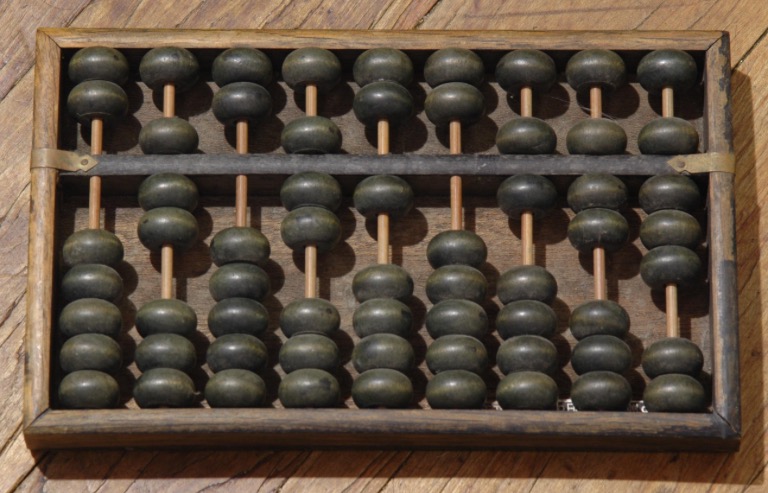 Chinese
type (5 plus 2) above; Japanese type
(4 plus 1) below
Chinese
type (5 plus 2) above; Japanese type
(4 plus 1) below

Noting
the two different systems shown,
today, one might think of the rivalry
between Mac and PC, and realize that
such dualities have existed for centuries.
Recently, there was the debate between
VHS and Beta video tape systems, between
45 rpm and 33 rpm records in the late 1940s, and
cylinders vs. lateral-cut 78 rpm discs at the turn
of the Twentieth Century. There was no
real problem with the introduction of electrical
recordings in 1925, since reproducers in the
home could accommodate both. The only real need
for new equipment was at the production end, and
the record companies invested in the new system. The
same could not be said for the introduction of stereo
in the mid-1950s. There, the home consumer had
to be persuaded to purchase new equipment, and this was
not even a decade after everyone had to abandon their 78 machines
in favor of the LP players. A similar upheaval in the
music industry was seen with the advent of cassettes and
CDs.
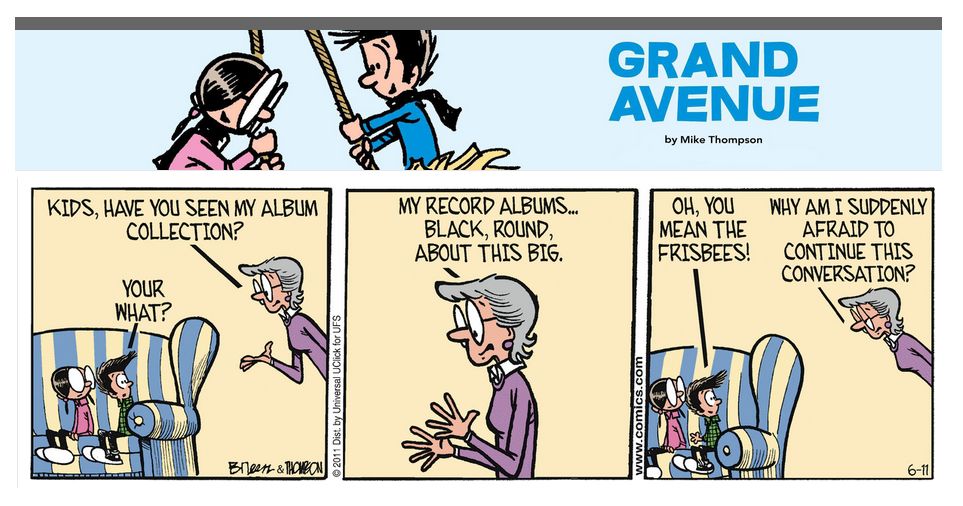
A story
I heard many years ago (and have repeated
in the hopes it was mostly or completely
true) involves the size and playing-time
of the compact disc. It seems that one of
the people who were calling the shots at the
time of its creation was a Japanese man who knew that
his countrymen simply adored the Beethoven Symphony
#9. So, to accommodate that piece of
music, the CD needed to hold about 74 minutes of
sound. The story may or may not be true, but it
makes a good legend, and I simply choose to believe
it.
[August 31, 2019, and
inserted here to keep the topics together]
Thinking again of 78s, here's the
famous image of our old friend Nipper, and a couple
of tidbits about its origins . . . . .
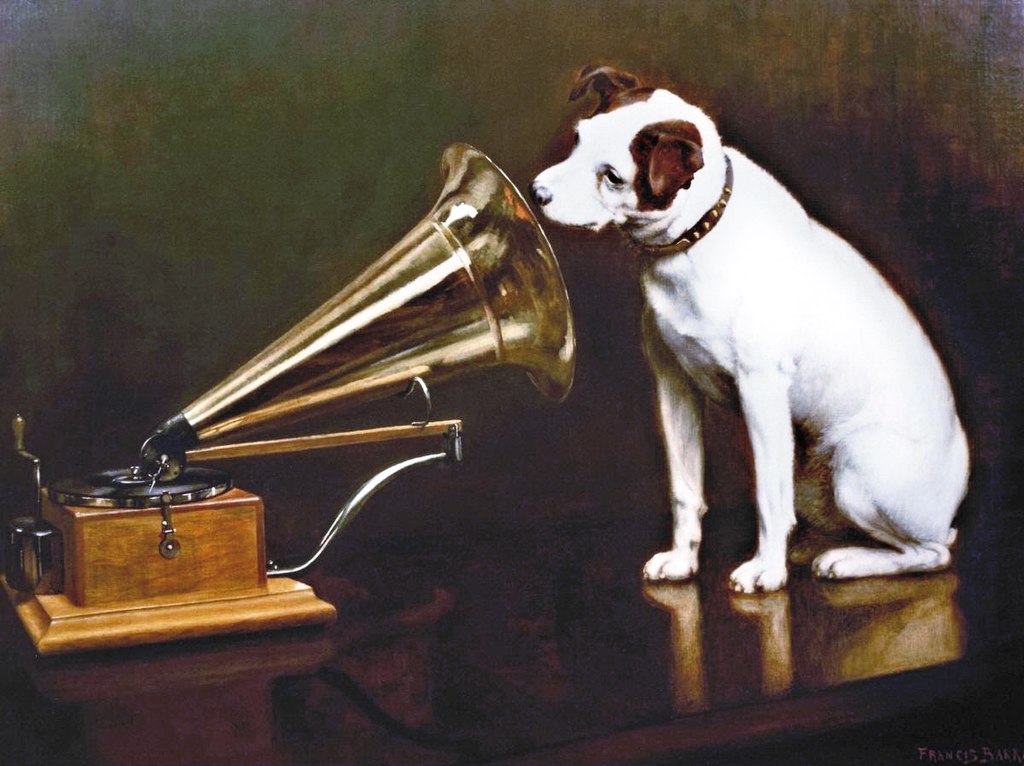
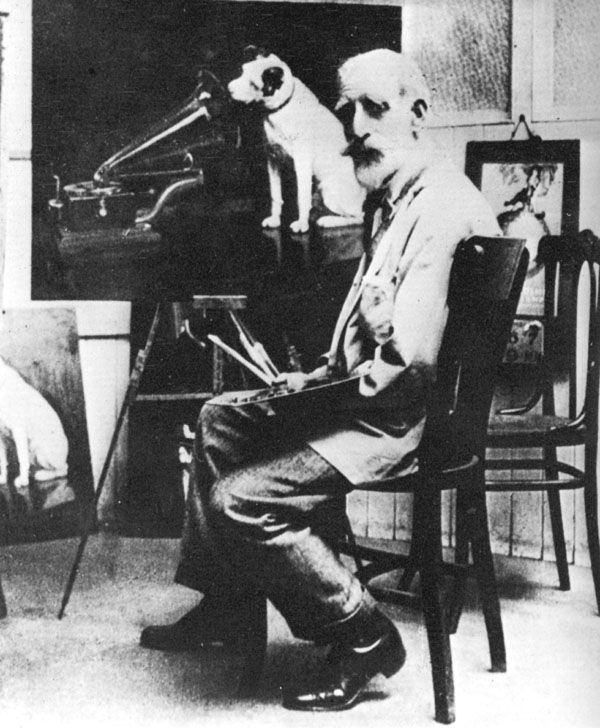 His Master's Voice
(HMV) is a famous trademark in
the recording industry, and was the unofficial
name of a major British record label.
His Master's Voice
(HMV) is a famous trademark in
the recording industry, and was the unofficial
name of a major British record label.
The trademark image
comes from a painting by English artist
Francis Barraud titled His Master's Voice.
It was acquired from the artist in 1899 by the
newly formed Gramophone Company, and adopted as a
trademark by the Gramophone Company's United States
affiliate, the Victor Talking Machine Company.
According to contemporary Gramophone Company publicity
material, the dog, a terrier named Nipper, had
originally belonged to Barraud's brother, Mark.
When Mark Barraud died, Francis inherited Nipper,
along with a cylinder phonograph and recordings of Mark's
voice. Francis noted the peculiar interest that the
dog took in the recorded voice of his late master emanating
from the horn, and conceived the idea of committing the
scene to canvas. The incident took place at 92 Bold Street,
Liverpool.
A different source relates
a cautionary tale for artists about
getting and keeping the copyright for art...
When Barraud painted
Nipper curiously searching for his master's
voice in the phonograph's horn, not only was
the artist turned down for a copyright for the
image, but he was also rejected by the Royal Academy,
and various magazines. The Edison Bell company
responded that "dogs don’t listen to phonographs."
Barraud eventually
sold another painting, with a Berliner
brass horn, to one of the company's managers,
where it caught the eye of the Emile Berliner,
the company's founder, who commissioned another
copy AND bought the rights to it! The famous image
went on to become the trakemark of the Victor Talking
Machine Co. Victor was Berliner's partner, and the image
ultimately survived Victor's merger with RCA in 1929.
It was printed on record labels, letterheads, novelties,
and catalogues for decades, but Barraud, the
original artist, only received two payments of £50
each.
Here are a few more details
about the dog, and the original painting
(shown below, which depicted a cylinder
machine, and not the flat-disc machine we all know)...
Nipper was
born in 1884 in Bristol, England, and died
in September 1895. He was a mixed-breed dog
and probably part Jack Russell Terrier, although
some sources suggest that he was a Smooth
Fox Terrier, or "part Bull Terrier". He was named
Nipper because he would "nip" the backs of visitors'
legs.
Nipper originally lived
with his owner, Mark Henry Barraud, in
the Prince's Theatre where Barraud was a scenery
designer. When Barraud died in 1887, his brothers
Philip and Francis took care of the dog. Nipper
himself died of natural causes in 1895 and was buried
in Kingston upon Thames in Clarence Street, in a
small park surrounded by magnolia trees. As time progressed
the area was built upon, and a branch of Lloyds Bank
now occupies the site. On the wall of the bank, just inside
the entrance, a brass plaque commemorates the terrier
that lies beneath the building. On 10 March
2010, a small road near to the dog's resting place in Kingston
upon Thames was named Nipper Alley in commemoration of this
resident.
In 1898, three years
after Nipper's death, Francis Barraud,
his last owner and brother of his first owner,
painted a picture of Nipper listening intently
to a wind-up Edison-Bell cylinder phonograph.
Thinking the Edison-Bell Company
located in New Jersey, USA, might find it useful,
he presented it to James E. Hough, who promptly
said, "Dogs don't listen to phonographs". On May
31, 1899, Barraud went to the Maiden Lane offices of
The Gramophone Company with the intention of borrowing
a brass horn to replace the original black horn on
the painting. Manager William Barry Owen suggested that
if the artist replaced the machine with a Berliner disc
gramophone, that he would buy the painting. The image
became the successful trademark of the Victor and HMV
record labels, HMV music stores, and the Radio Corporation
of America, after the acquisition of the Victor company
in 1929. The trademark was registered by Berliner for
use in the United States on July 10, 1900.
Francis Barraud said,
"It is difficult to say how the idea
came to me beyond the fact that it suddenly
occurred to me that to have my dog listening to the
phonograph, with an intelligent and rather puzzled
expression, and call it 'His Master's Voice'
would make an excellent subject. We had a phonograph
and I often noticed how puzzled he was to make out
where the voice came from. It certainly was the happiest
thought I ever had."
The slogan "His Master's
Voice", along with the painting, was
sold to The Gramophone Company for £100
(equivalent to £10,628 in 2018) –
half for the copyright and half for the physical painting
itself. The original oil painting hung in the EMI
boardroom in Hayes, Middlesex, for many years.
The two cartoons below
reflect our 'progress' as we firmly embrace
the Twenty-First Century, and amplify my remarks
vis-à-vis the typewriter . .
. . .
[Another observation, from May
11, 2020] Future generations may
wonder why something called a "compact" disc held
more material than a "long playing" record!
Next is a cartoon from 2017 (below-right), which was
originally placed on this page on September 27, 2021.
The other cartoon (on the left, and probably from a couple
of decades ago) just seemed appropriate, and was added
January 30, 2022.
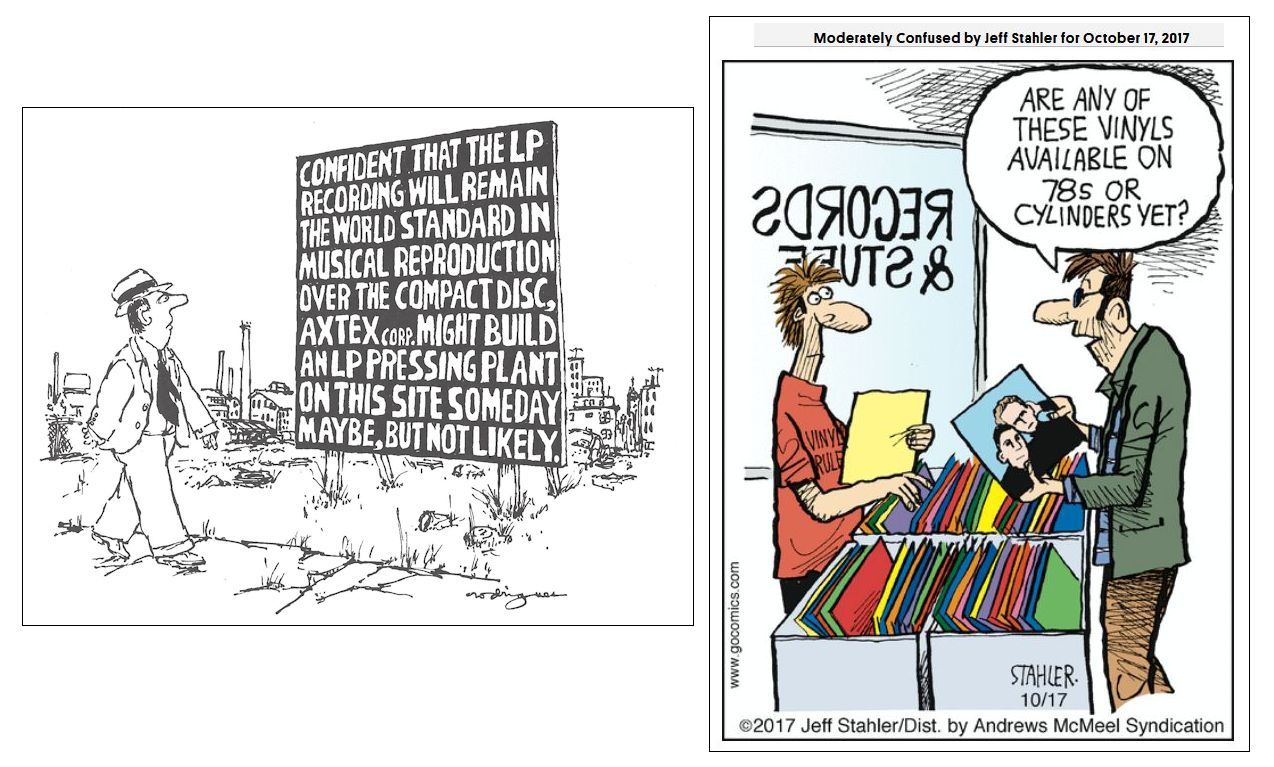
Statement seen: "Classic
LPs are going for record prices!!!!"
Next, yet another vinyl
gag [added to this page on July 16, 2022]
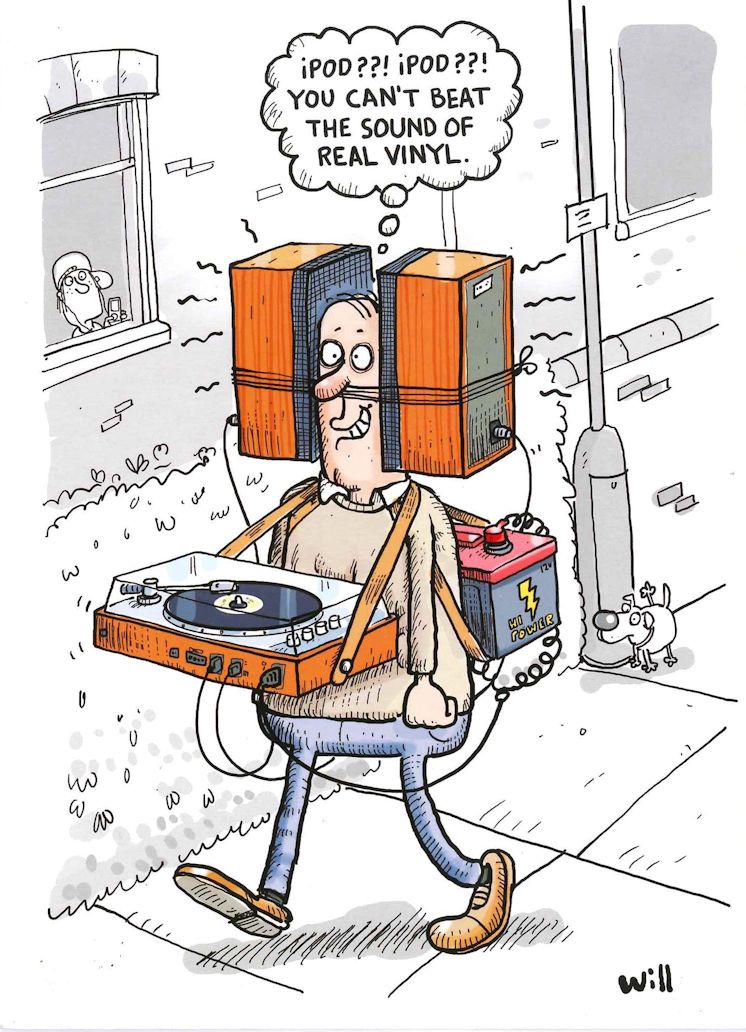
= = = = = = = = = = =
[June
29, 2018] Alert observers might
notice that as of the end of March, 2018,
many of the links to my interviews which
appear in Wikipedia articles have
a slightly different format. Specifically,
my name has been removed from the line.
For several years, it was <<<Interview
with (name of guest) by Bruce Duffie, on
(date of interview).>>>
Because someone complained that I was
spamming, and felt the only reason for
these links was my own self-promotion, that person
urged the removal of all of these links. A
discussion was launched, and several Administrators
weighed in with their opinions. Fortunately,
enough of them saw the importance of the interviews
themselves, and the complainant was admonished
to cease the battering, and even urged to apologize
(which did not happen). After about a
week, the discussion was formally closed, and the upshot
was that I removed my name from many of the links,
and am not including it in future postings. However,
a number of the old-style links remain, so there might
be a bit of confusion since they are not uniform. For
anyone who cares to read it, the entire discussion is reproduced HERE.
[Updated information
about the above item] Since I had
"corrected" many of the links (to remove my name),
another editor(s) felt this was wrong, and undid
some of those corrections... thus replacing my name
in the link. One editor contacted me about
the removals, and I showed him/her the discussion (linked
above). Since I don't go back to old Wikipedia pages
very often, I do not know whether the changes have
been made to a few or many of them. It is unimportant...
as long as the link itself is there, I am satisfied.
[Further updated
information about my involvement with Wikipedia]
In August of 2021, another editor started deleting
my links. Upon inquiry, he stated that I had no
rights to use the images of record covers. I explained
that record companies sent me promotional copies of their material
in hopes that I would use it on the air, and also (where possible)
show their images. I even checked this out with one President
of a major record company, but this did not stop him from saying
he would continue to delete my links. Despite having been praised
as "an asset to Wikipedia" by several Administrators (shown above
via the link), I knew that he would see anything I added or deleted
from Wikipedia. So, I have simply withdrawn from any further
involvement. My hope is that he has lost interest in me, and
that my earlier links would be left intact. I say all this
to (a) let you know that no further interviews will be linked, and (b)
tell why some links might disappear from existing pages.
= = = = = = = = = = =
[January
3, 2019] In reading some of
the comments about my interviews, a couple
people have noted that a few of my questions
tend to pop up with regularity. While this
is certainly true, I do hope that in each case the
inquiries come naturally, and at an appropriate
place in the conversation. I never worked
with a specific list of questions, and always
tried to discuss the specific strengths of each guest.
However, since all were involved in so-called
Classical Music, there were bound to be common points
of interest and expertise. To look at it another
way, when you eat at my restaurant, each meal on the
menu will be unique, but many will have some ingredients
in common. Since all are being prepared by myself as
chef, there will be some resemblances and similarities.
I hope this does not discourage anyone from sampling
my cuisine.....
It is also interesting to see how various
people respond and react to the same
question(s). Continuing the metaphor,
there will certainly be differing opinions
from various people to the same item on my menu.
Observing those reactions should not,
necessarily, cause me to change the recipe. Perhaps
having a few condiments on the table will
allow for each person to season the dish to their own
taste, but this can only happen when a certain stability
is built into the process. Once again, my goal
with the interviews is to allow each guest to express their
own views, and I trust that a few similar questions
will get a variety of responses.
= = = = = = = = = = =
A few years
ago, I met a fine baritone whom I had
known on the stage for a long time. Warren
Fremling has performed in local and regional
productions over the years, and has had a significant
impact each time. Lately, he has
been an invaluable help to me by proofreading my interviews
before they are opened to the public on my
website. I am grateful to him for pointing
out not only mistakes (of which, fortunately, there
are few), but also for occasionally suggesting better
ways of expressing the ideas. As I have
mentioned, I never change the focus nor direction
of the words my guests use, but by tightening and sometimes
re-gathering thoughts, their objectives are made more
clear to readers. In several cases, Warren has suggested
slight changes which bring these thoughts into sharper
focus, and for that I am eternally grateful.
In our exchanges,
he also has provided me with further
insights into the world of professional
singing, and his most recent gift to me was a clear
and succinct explanation of the various voice-types,
and how they can be viewed by experts and
novices alike. With his permission, it is
reproduced here...
There
are two
things that decide this. The first
is color. Richness in the
middle voice is revealing. The second,
and much more reliable, is the location of
the bridge or passagio. A mezzo’s bridge
is a-kin to a baritone’s. It’s on the D, a ninth
above mid-C (a baritone’s being an octave lower,
obviously). I’ve diagrammed voices according
to their interest and comfort to the listener’s
ear – not what the singer does, but what is
natural to the instrument. A soprano or tenor
sound like this: \/ - the bottom is
light and the voice sounds more interesting and
easier as the voice ascends. The mezzo and baritone
sound like this: () – the voice is fattest
in the middle. We have some of the low notes of the
contralto/bass and some of the high notes of the soprano/tenor,
but you can’t live there. The middle is where
we’re most at home. The contralto/bass is the exact
opposite of the soprano/tenor – the voice gets fatter
and more beautiful with the descent.
|
= = = = = = = = = = =
[February
4, 2019] As the the shortest
month of the year rolls around once again,
I am reminded of the one word which I simply
gave up trying to pronounce correctly. I
made an effort, but it simply was too awkward
to do both correctly and smoothly at the same time.
I could say Feb-ROO-rary, but it required
slowing down the enunciation to the point where it was
simply untenable. [You may insert any kind of joke
here, regarding it not being a ten, or even a nine, but
perhaps a two or three at best...] Imagine, if
you will, a car on the highway, and for some unknown reason
it just slowed to a crawl. It would certainly
look strange, to say nothing about impeding traffic and
being hazardous. This is not to say that an announcer
mis-pronouncing a word on the radio could be hazardous
in any way, but you get my drift... So if any tapes
exist of my work where I say the name of the second month,
you will hear a firm and confident FEB-you-air-ee. I
know it is wrong, and I knew it at the time, and I make
no excuses.
I am sure I made
other mistakes, and, indeed, I was corrected
on a few occasions. But by and large,
I was complimented by members of the public
on my accuracy and stylistic manners. It
was especially nice to hear that I had pronounced
the name of a person or location properly from
someone who was from that particular locale. I
want to say, however, that when someone called
to make a correction, my first task was to ascertain
if that person on the telephone was accurate! There
were a few occasions when a caller would berate
me and give a different version of the way to pronounce
a name, and when I checked with a known authority, I found
that my own rendition was correct, and the caller
had been wrong. It reminds me of the sign which
famously hung in the City News Bureau for many years,
which screamed, “If your
mother says she loves you, check it out!”
On that particular
subject, I remember one evening when
we aired a syndicated broadcast of the Los
Angeles Philharmonic. The announcer
(who shall remain nameless) proclaimed the conductor
to be Esa-Pekka Sa-LOH-nehn. Well,
I had interviewed
the Maestro, and, as usual, had
asked him to do a station break, in which he
said his name. His pronunciation was SAL-oh-nehn.
At some point during the evening, I must
have said his name myself, and pronounced it his
way, and immediately received a phone call screaming
at me for my stupidity. “If
the announcer on the Los Angeles Symphony broadcast
had said it one way, that MUST be the accurate way!”
I tried, very calmly, to explain,
but the caller simply slammed the phone down.
The next evening, I brought in my interview tape
and played the station break. I have no idea
if that caller from the previous night heard it, but at
least I settled the matter for anyone who was listening
. . . . .
= = = = = = = = = = =
[April 22, 2019]
Consider, if you will, the following
scenario... Bill opens a small
restaurant that features Fine Dining. He
is successful, and over the course of forty-five
years, the eatery becomes well-known and highly-respected.
After spending his adult life maintaining
this establishment, he decides to retire. As
it happens, the location he originally chose -- which
was, at the time, perfectly good but not very popular
-- had become very desirable. So Bill closed the
restaurant and sold the location to Bonney, who brought
in her own staff and opened a shoe store. It immediately
attracted business, and became very competitive.
Now when one thinks
of the history of the restaurant vis-à-vis
the ongoing story of the shoe store,
it should be obvious that aside from the
physical location, there is no connection whatsoever.
Right? Perhaps, the historical
account of each one should have a mention of the
other as being at the same address, but that's certainly
all the crossover interest there would be.
With that in mind,
I ask you to look HERE.
= = = = = = = = = = =
[June 28, 2019]
Following up on my remarks about
diversity (above, with the date of December
26, 2017), much has transpired in the short
time since then. While I do not — and
did not — go into
the political area when conversing
with my musical guests, it has come to my attention
that the Music World is, nonetheless, very much
involved in such social matters. For example,
the editorial in Opera Canada of Summer,
2019, discusses the “central
debate about how to keep the art form relevant for an
audience which no longer passively accepts the racist,
misogynist and sexist tropes of yesteryear.”
It goes on to discuss the “challenges
faced by women singers portraying some of the standard
repertoire’s iconic
roles... many of which are mired in stereotypes
we find unacceptable in the #MeToo era.”
My reason for bringing
this up is to point out that in several
of my interviews — which
date from 1978-2006 — I
specifically ask the question of my female
singer guests. To wit: “How
do we keep these Eighteenth and
Nineteenth Century characters relevant to
women (and men) today who have gone through world wars,
and social upheavals, and other developments
of our times?”
This is not
to just pat myself on the back for being
so forward-looking, but to show that my own
curiosity was such that it became imperative
to inquire about these ideas, and to ask how they
resonated with audiences far removed from the
original mores and strictures.
Of course, in the
theater, the production team can (and
often does) re-set the action to a later
era, or even to the present day. That
is, again, a discussion for another time and
place, but it does move the ideas in ways that can
provoke or amuse. There is also the need to
remember that it was only in the early Twentieth Century
that the classical musical public abandoned its
craving for anything and everything which was new.
Until then, while there were performances of older
pieces, it was the newest and latest symphonies and operas
which were anticipated with genuine eagerness. Once
this trend was lost, the oft-repeated repertoire began to
show signs of losing its immediate contact with concert-goers,
and from there it is the famous ‘slippery
slope’.
In any event, I
just wanted to call attention to my own
small attempts to make inquiry when possible,
and to show that my own feeling is that opera
can remain a viable and exciting living breathing
art form.
= = = = = = = = = = =
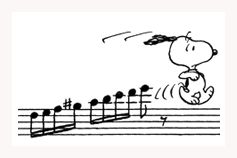 Music Joke...
Question: What are the names
of the Three Bears? Answer:
Smokey Bear, Yogi Bear, Jacques Ibert
Music Joke...
Question: What are the names
of the Three Bears? Answer:
Smokey Bear, Yogi Bear, Jacques Ibert
Second Music
Joke... What if we discover that’s
what it really is all about? [Reference:
Hokey Pokey]
Third Music Joke...
Question: What is the voice-range
of the quarter-hour? Answer:
People often say, "It'll be tenor
fifteen minutes!"
Fourth Music Joke...
A woman is on trial for beating
her husband to death with his guitars.
The judge asks, “First offender?” She
replies, “No, first a Gibson, then a Fender.”
Musical variation on an
old joke... If Mezzo-Soprano Shirley Verrett
married Tenor George Shirley,
she’d be
Shirley Shirley!
Continuing with a
bit of music humor, for those who wish to look at a
slightly risqué image, this R-rated item
is the photo of a sculpture depicting the realization
of a very old (music-related) joke. While it is nothing
more bold than what one would see at a museum, remember, no
one is forcing you to look. So, by clicking the link you
implicitly agree that your viewing is voluntary, and no complaints
can be made.
= = = = = = = = = = =
[August 29, 2019]
I stumbled upon this item just now,
and thought it would be fun to post it
here. For those who do not read music, or
for anyone interested in seeing a nifty connection
between this tune and the main thrust of my website,
click HERE.
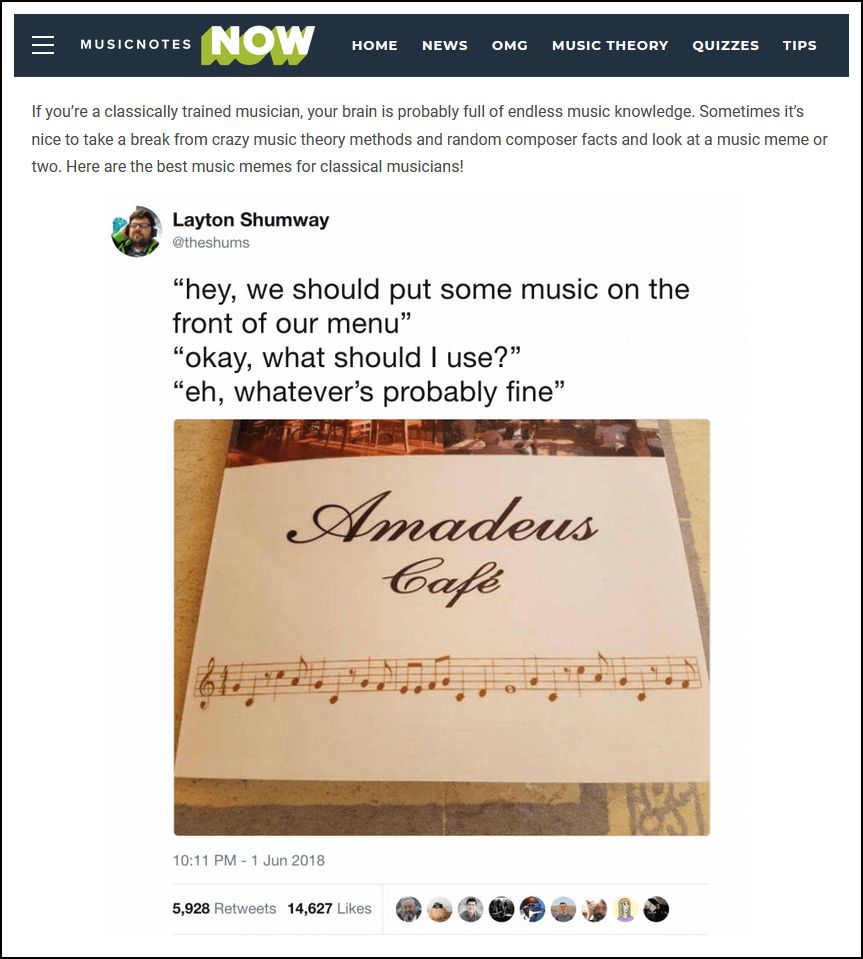
Lest you think
it is only one or two goofballs at a single
establishment who would make such an error,
consider the fact that the government of the
former DDR (East Germany) issued two postage stamps
in 1956 to mark the 100th anniversary of the death
of composer Robert Schumann. They were the
same portrait of Schumann, used for two denominations,
but the music in the background was by Franz Schubert!
These are the top two stamps in the illustration
below. Soon, the error was discovered,
and a new version of the stamps (with music by Schumann)
was issued, as seen in the bottom two in the illustration.
There have been other
philatelic mistakes, but most have been
caught before the stamps were available to
the public for use as postage. This is not
about printing errors, such as inverted images, or
mistakes in colors or perferations. Rather,
place names have been mis-attributed and people
have been wrongly identified. But
those shown below are the only foul-ups I know which
involve music or musicians.

= = = = = =
= = = = =
[September
19, 2019] The following is from
an essay about the (missing?) "A" in Neil
Armstrong's famous first statement when
he stepped on the moon, which was posted on the
website "The Conversation" 7/16/19.
----------------------
When we talk, we formulate a thought, retrieve words from memory and
move our mouths to produce sound. We do this quickly, producing, in English,
around five syllables every second.
The process for listeners is equally complex and speedy. We hear
sounds, which we separate into speech and non-speech information, combine
the speech sounds
into words, and determine the meanings
of these words. Again, this happens
nearly instantaneously, and errors rarely occur.
These processes are even more extraordinary when you think more closely
about the properties of speech. Unlike writing, speech doesn’t have
spaces between words. When people speak, there are typically very few
pauses within a sentence.
Yet listeners have little trouble determining word boundaries in real
time. This is because there are little cues – like pitch and rhythm – that
indicate when one word stops and the next begins.
But problems in speech perception can arise when those kinds of cues
are missing, especially
when pitch and rhythm are used for non-linguistic
purposes, like in music. This is one
reason why misheard song lyrics – called “mondegreens”
– are common. When singing or rapping, a lot
of the speech cues we usually use are shifted to accommodate
the song’s beat, which can end up jamming
our default perception process.
[October 18, 2019]
When I was a teenager in the mid
1960s, I actually did some work with computers...
designing flow charts and writing code in
FORTRAN. The lines were then put onto punch cards,
which then ran through the computer to execute the
(very simple) programs. I didn't stick with it,
though, and only came back to computers via a Memorywriter
(a word-processor) which the radio station had, and
used for awhile to publish the WNIB Program Guide
in the late 1980s.
My reason for mentioning
this at all is that some time back then I
saw the famous saying which is reproduced below.
Recently I remembered this saying,
and looked it up via a Google search. The many
presentations varied a bit, but had the same basic
content. Besides the signs and posters there
was a tee-shirt, a coffee mug, and even one going so far
as to use faux nazi stationery.
In any event, here is one
rendition for your enjoyment.................

In the same Google search,
I spotted the following item, which probably
should be posted in every office................
[March 23, 2021 (yes, a year after the item which
follows)]... This next image actually belongs
with both the items above and below! .................
= = = = = = = = = = =
[March 24, 2020] During
the coronavirus pandemic, I happened
upon this article,
and felt it was significant enough to share. Perhaps
it should also be posted in every office,
along with the item shown directly above (about
the rising cost and increase of stupid questions), as
an antidote to the situation . . . . . . . . . (!)
Obviously, there is nothing
funny about the coronavirus, but there
is some humor to be found in the actions of a few individuals
. . . . .
[April 22, 2020] Current
version of old joke: Why did the
chicken cross the road? To maintain her
social-distancing!
[November 9, 2020, and Covid is still
the #1 topic everywhere... *sigh*]
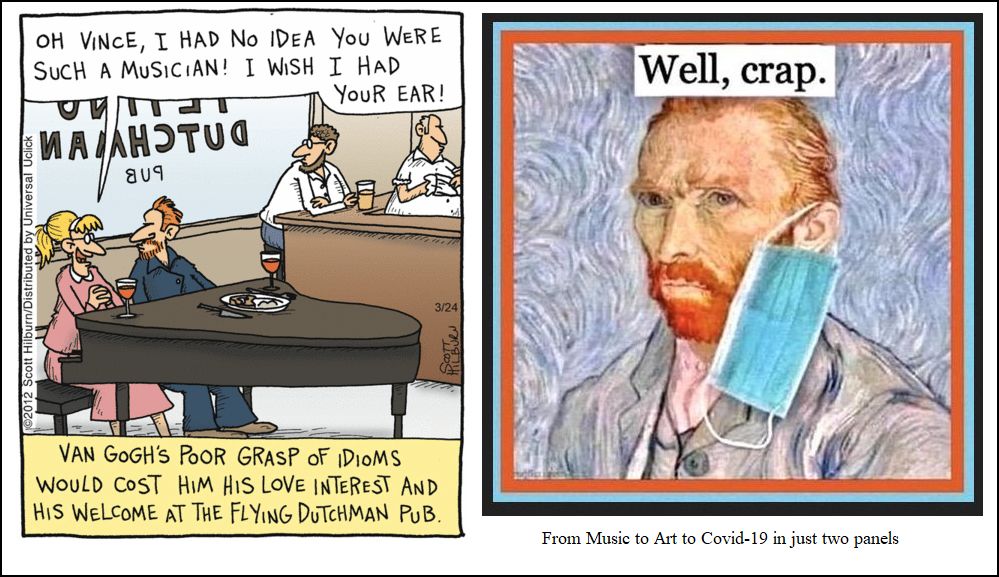
[April 17, 2021... as it all still drags on] My
local grocery store has gone too far.
They’ve put a big X on the floor to show where
to stand in line at the register.
I’ve seen enough Roadrunner cartoons...
I’m not falling for that.
[October
30, 2021] Do we even need Halloween
anymore? I’ve been wearing a mask
and eating candy for 14 months…
= = = = = = = = = = =

[June 24, 2020] We owned a Smart Car (shown
on right in the photo above) for about five years. It was really very
comfortable, and fun to
drive around town. Our other car was a mini-van,
which we used for transporting larger items,
and took on longer road trips. One day, when
our Smart Car was parked in a lot that was full, the
owner of the white Smart Car asked if she could use the
‘other half’
of our space. The result looks as though
our cars are kissing! In the spirit
of admonishing a couple who are showing too much PDA (public
display of affection) to “Get a
room!”, a passer-by shouted, “GET A GARAGE!!!”
= = = = = = = = = = =
[September 12, 2020] As
people who have read my interview with Charles
Nelson Reilly know, one of my guilty
pleasures is watching re-runs of Match
Game. The ones I like best are from the
1970s, with host Gene Rayburn, and panelist Richard Dawson,
who was there until 1978. Of course, Reilly was
there throughout, and he truly made the show funny. One
of the other regular panelists, Brett Somers, said that
a fan had declared that the program should really be called
Charles Nelson Reilly's House Party, alluding
to another program actually called Art Linkletter's
House Party. One week, Raymond Burr was in
the lower-middle position of the six panelists. My
reason for mentioning all of this is that on one episode
that week, there were two questions relating to music!
The first one went something like this... Tough
Teddy said, "Our school was soooooo tough... [audience
shouts, "How tough was it?"] ...it was so tough that
the the school orchestra kidnapped the janitor and put him
in the _______." [The panel and contestants were to fill
in the blank at the end of the sentence, and when they matched,
it scored a point for the contestant.] The more popular
answer was "Tuba", given by the contestant and four of
the panelists, but Reilly (and one other panelist) said "Drum".
This was what the writers were going for, since there
was a commercial product called "Janitor in a Drum". The
second musical question was, "Pat Pending (!) invented
a juke box for people who hate music. You drop a quarter
in the slot, and it ______s the record." The obvious answer
(which won the game for the contestant) was "breaks" (or smashes).
[November 2, 2020... amazingly
this goes with the Match Game item
above!] I continue to enjoy these re-runs,
and now they have added the evening series Match
Game PM. Each week had a stand-alone
game which was edited a bit to get through the entire
game in one segment. (The weekday edition just
played for the time allotted, and games spread over
to the next day when necessary - which was most of the time!)
Anyway, there were two music questions in recent
PM programs... The first was "Lawrence _______".
The panelists gave Lawrence of Arabia, and Lawrence
Welk, then Reilly chimed in with, "I know this is an old
reference, but Lawrence Tibbett!" Rayburn acknowledged that
he knew of "the famous baritone", and began singing the Toreador
Song from Carmen, but the audience was not impressed.
The third response from the polled audience was Lawrence
Olivier. For the record, Lawrence Welk was chosen by the
contestant, and won the top prize. The other question was
more obscure. The question was "_______ foxes." The
panel suggested sly foxes, and, being theater people, Little
Foxes (the play by Lillian Hellman). I don't remember
the third choice, nor which was the winning item. I was engrossed
in the fact that while Somers and Rayburn were trying to remember which
actress starred as Regina on Broadway, and which one was in the
film, Reilly screamed, "AND BRENDA LEWIS STARRED IN THE OPERA REGINA
BY MARC BLITZSTEIN." I was so proud of him at that point.
For the record, it was Tallulah Bankhead on Broadway (1939),
and Bette Davis in the film (1941). The opera premiered
in 1949 at the 46th Street Theatre, with Jane Pickens as Regina,
conducted by Maurice
Abravanel. Lewis sang Birdie, but then moved
to the title role when the opera was revived in 1953
at the City Centre Opera.
[December 2, 2020... a couple more related
items] Two more questions come to mind,
and both relate to music in the nude. (!) A
well-endowed lady volunteered for the All-Nude Orchestra.
Unfortunately, she played _________. The
contestant responded with Cymbals, and some panelists
also said that. But after all six made their contribution,
Rayburn said that his answer was the Accordion! [Huge
laugh from the audience.] On another episode was this
question... A man complains to the conductor of
the All-Nude Marching Band, "I don't mind playing in your ensemble,
but do I have to walk in front of the _________???" Again,
the contestant said Cymbals, but a couple of the panelists
said Trombone!
[December 27, 2020... one more item!]
This is from the third version of the
program, the Match Game-Hollywood Squares Hour.
This incantation of the program only lasted
one season (October, 1983 - July, 1984). Rayburn
returned as host of the Match Game portions,
and Jon Bauman (who had been Bowzer with Sha Na Na) hosted the
Hollywood Squares segment. Bauman dressed
normally, in a suit and tie, with regular hair, not all
greased up. However, he did occasionally refer
to his Bowzer character "from a previous life," and sometimes
showed his famous open-mouth fists-in-the-air pose. Anyway,
on one segment, there was this (musical) question: "When
well-endowed Wanda played her accordion, Lady of Spain
became Lady of _______." As it happened,
one panelist (Mark Russell) gave away the punch line by saying
that the title became Lady of Pain, and they had to throw
out the question before the contestant had a chance to respond.
For those who are interested, see my interview with accordionist
Robert Davine.
On another program, the question was "George
was always tired when he got home from work because
he was a ________ salesman." I don't remember
any of the other responses, but Bauman said "Anvil", and
promptly started singing the "Anvil Chorus" from Il
Trovatore. (Remember that Bauman had attended
Juilliard!) Rayburn also joined in, but no one else
seemed to respond to their rendition. *sigh*
[January 16, 2021... though the date of my posting
is not really relevant since all the Match
Game programs are re-runs from 45 or more years
ago!] Another couple of musical questions...
"George knew his son would be a musician
because his head was shaped like a __________." The
contestant said Violin, and the six panelists said Drum,
Grand Piano, Heart - which is an Organ (the panelist made
that clarification!), Triangle, Tuba, and Reilly said a G-Clef,
and drew a very respectable image on his card. The
last panelist (Joyce Bulifant) noted that it was quite an ensemble,
and Rayburn pointed out that there were seven different excellent
responses. [The following was added on November 27,
2021, but placed here for obvious reasons] On another
program, there was a different set of seven responses. The
question was, "Ugly Edna was the center-fold of Musician's
Monthly because her legs looked like a ___________. The
contestant said Violin, and the six celebreties said Baton, Tuba,
Piano Legs (Reilly), Cello, Slide Trombone, and a Pair of Bassoons
(Patti Deutsch).
Another
question was, "When Joshua wanted to destroy the
wall in Jericho, his trumpet wasn't enough, so he used
a _________." The contestant and one panelist
said Tuba, another panelist said Piano, one said Bulldozer,
and the other three said Hammer. Rayburn lamented
that four of the six panelists just didn't understand the question!
Though there were no 'right' or 'wrong' answers,
he often would gently deride them when there was one (or
more) obvious answer, and the contestant or panelists would completely
miss the joke.
[February 12, 2021] Yet another "Audience
Match" question was, "Bella _______." Dawson
rightly said that the audience often mis-spelled
their responses, and that despite his name being Bela,
they might have said "Lugosi," which, indeed was
the number-one answer. Incidentally, other questions
on the program often used the character of Count Dracula,
and Rayburn spoke the quote in an accent quite close
to Lugosi's. Again, I forget what the number two response
was, but Reilly's (third position) response was, "Bella
figlia dell'amore," which is the opening phrase of
the Quartet from Rigoletto. Rayburn then began
singing the phrase (correctly). It's just another reason
why I love that show.
[September 21, 2025, and placed here to keep these items together...]
Another opera-related question was, "Nerdo-Crumbezia [their mythical
little horrible country] has the sleaziest opera company. [Audience
screamed, 'How sleazy is it?'] Instead of playing Madame Butterfly,
they played Madame ______." The contestant said Madame
Worm. The panelists said, Madame Beetle, Madame Moth,
Madame Housefly, CNR said Madame Roach, Madame Margarine
Fly (instead of 'butter' fly!), and one said Madame & Wayland
(alluding to the comedian Wayland Flowers, whose act included the puppet
'Madame', and was known as Wayland and Madame.)
[March 21, 2021... yet another one to SPRING
up... ! (Sorry for the pun. I just
wanted to SEASON this line.)] Rose phoned her
psychiatrist. She said, "My husband is on the roof!
He thinks he's a ________" The contestant
said Cat. Three panelists said Bird, one panelist
said Weather Vane, and another said TV Antenna. Reilly
said FIDDLER ! (Get it? Fiddler on the
Roof!)
[January
23, 2022] One more re-run just seen... The
question for the big money was "______ toast". One
celebrity response was "French" (which was the $500
(top) audience response, and the one the contestant chose).
The next celebrity response was "White", and then Reilly
said, "I'm going to give a Nellie answer. MELBA!" He
had to explain who Nellie Melba was, and that she was a famous
opera singer. It turned out that Melba Toast was the $100
audience response.
[February 19, 2022]
From another re-run of Match Game 75... The
tuba player said, "I don't think that new conductor likes
me. In the middle of my solo, he started __________ing
in my tuba!" While the celebrities were writing their
responses, CNR asked, "How far was the tuba from the conductor?"
(Some laughter from the audience) Betty
White asked, "And what was the trajectory?" (More laughter)
CNR continued, "How old was the conductor? All those
strings to get across..." (Much laughter) The
contestant's response was, "Tinkling". Rayburn then pretended
to be on the podium looking at the orchestra, pointing to the violins,
then the cellos, then the basses farther away, and, "Waaaay in the
back are the tubas." The celebrity answers were a bit boring...
Allen Ludden said "Blowing", Brett Somers said, "Barfing",
CNR said "Eating lunch", Dolly Martin said "Expectorating", and
Betty White said "Pouring Water." Richard Dawson was the only
one who matched the contestant with "Tinkling".
[March 7, 2022...
I just keep watching the progams, and they keep
serving up the music questions] On a PM show,
the question was: A Marching Band member said, "I learned a
painful lesson today. Never stop fast when there's
a ______ player behind you." The contestant said Tuba,
but all six celebrities said the 'right' answer, which was Trombone!
[Also September 21, 2025] Staying with the tuba, on another
later show, panelist Phyllis Diller was giving a few of her one-liners,
one of which was, "My mother-in-law's mouth is sooooo big, she could play
the tuba by blowing into the wrong end."
From another (regular
weekday) show from 1978... Jack said, "This
t-shirt craze is really wild. I saw a girl with an
entire orchestra on her front. She had the biggest ________
I ever saw!" The contestant said Cymbals. The
celebrities said Tubas, Instruments, Bassoons, and Maracas.
CNR said Kettle Drums, to which Rayburn commented that
when they were upside down they'd look... (he never bothered to
finish the sentence since everyone was laughing). By this time,
Richard Dawson had departed for Family Feud, and Bob Barker
(host of The Price is Right) sat in the lower-center seat
that week. He said Boobs, to which the audience loudly
booed. He then said, "This audience is the pits... like
orchestra pits!" and the audience continued to boo. After
everything settled down, Rayburn said that in the office, they all
thought the answer would be Bongo Drums. Yes, there were more
boos from the audience. It's really a fun show...........
[March 17, 2022...
and the shows just keep coming along!] A Match
Game Limerick: A kinky young pianist named Twist/Played
piano with only his wrist./When he got on his knees/And
banged on the keys/He said, "I'm bound to be ________."
The contestant and four on the panel (including CNR)
said Kissed. Dawson said Hissed (which was my answer),
but Bobby Van had the best response, which was LISZT !
Another question from
another show... A stripper said to the night
club owner, "I want a new dressing room! The musician
next door just poked a peep hole through the wall with
his __________." The contestant had the best answer,
which was Trombone, but none of the panel said that. CNR
was away doing a Broadway show, so Gary Burghoff sat in his seat
and said Drum Stick. (He had actually worked as a jazz drummer,
and was seen in M*A*S*H playing a drum solo (which
was not overdubbed!). Other responses were Piccolo,
Horn (which matched), French Horn (which did NOT match), and
two said Instrument.
[August 19, 2022] From
a very early program in the series, since Rayburn
was called the Host rather than the Star... A music
teacher said to Dumb Dora, "You don't play a _________ by blowing
on it." The contestant and five of the panelists all
said Piano. CNR was the only one who said Violin.
[October 17, 2022] Here's
yet another pair of questions... They call Oscar
the Orchestra Leader "The Ostrich" because when the band plays
bad, Oscar sticks his head in the _______. The contestant
and three panelists said Tuba. Arlene Francis said Pit, and
CNR said Toilet. [The contestant had matched one in the previous
round, so only 5 panelists responded.
The other question was an Audience
Match. Slide _________. Brett suggested Rule,
Betty White said Projector, and Richard Dawson made a joke
of Slide, Kelly, Slide (the 1927 silent film), but then
opted for Trombone. I was amazed that Trombone did not show
up as any of the audience's responses. The third most popular
response ($100) was Home, the second ($250) was Projector, and the
top one ($500) was Rule. I don't remember what the contestant
picked, but it was not Trombone..... *sigh*
[November 18, 2022] A
baritone asked a tenor, "How do you hit those high notes?"
The tenor replies, "Before each performance, my wife
_______s my shorts." The contestant and four of the panelists
said starches. Patti Deutsch said heats, and clarified that
it was because the theater was cold. CNR said lights. Dawson
then remarked that if she lights the shorts, only dobermans would hear
the high notes!
[March 18, 2024] Each year there are some
'new' additions to the re-run rotation, and now the syndicated
version (without a date attached) is being seen. One show
from 1980 had this item... Old Oscar the musician is really
old. He played his first duet with ________. The contestant
said Beethoven, and when Rayburn asked why she had come up with that,
she said it was the only song she knew. However, she soon started
saying "Jesu joy (of man's desiring)" which some audience members shouted
was by Bach. The panelists' responses were Brahms (Robert Walden),
Bach (Brett Somers), then CNR said he had The Definitive Answer: Gabriel,
because he blew his horn! Judy Landers then said Eve, Bill Daily
said Lawrence Welk, and Marcia Wallace said, "That good little tuba player,
Noah!" CNR then chimed in that Noah would have played the Double
Bass, since everything on the Ark came in pairs!
[October 28, 2025] On a re-run when CNR was NOT there (he was
off directing a play on Broadway), the question was "Rudolph ______". The
suggestions were "...the Red-Nosed Reindeer" (which was the $500 response),
"...Valentino" ($250), and "...Nureyev" (who spells his first name Rudolf,
but, as Rayburn often said, "Spelling doesn't count here"). The
$100 answer was Bing [General Manager of the Metropolitan Opera in New
York 1950-72]! I will always assume that had he been there, this
would have been CNR's suggestion.
= = = = = = = = = = =
 I am proud to say that a quotation
from my interview
with Maria Tallchief was used as the text with
the animation in this Google Doodle.
I am proud to say that a quotation
from my interview
with Maria Tallchief was used as the text with
the animation in this Google Doodle.
To see the video, and read about its
creation, click HERE.
= = = = = = = = = = =
[December 20, 2020] A couple
of images for the season . . . . . The first
one is not new, but does involve some wonderfully
appropriate critters!
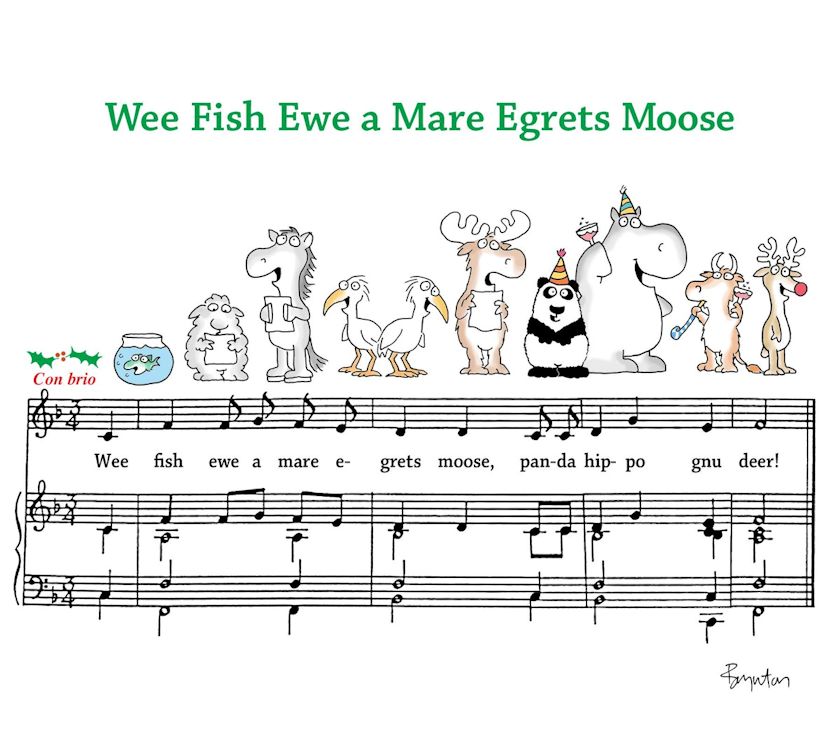 On the other hand, it has
been a very tough year . . . . .
On the other hand, it has
been a very tough year . . . . .

= = = = = = = = = = =
The following panel contains two separate jokes.
Do NOT try to make them into
one idea. They just happened to be
inspired by the world situation . . . . .

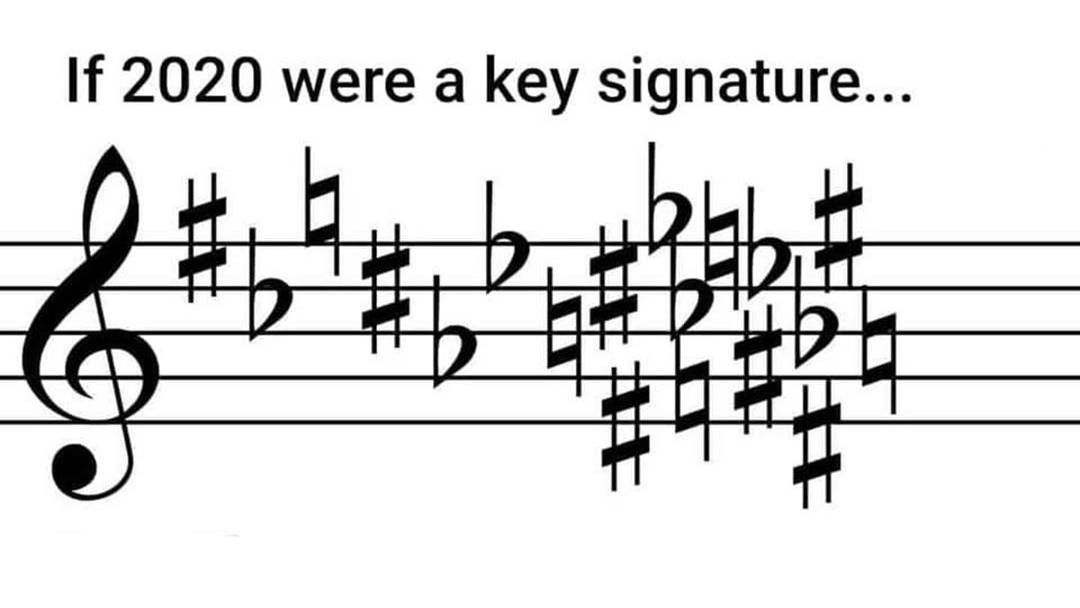
All
of his reminds me of an actual musical chord, concocted
by Nicolas
Slonimsky,
which
he calls The Grandmother Chord (shown immediately
below)...
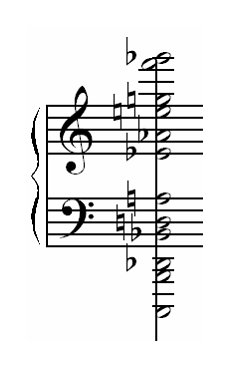 From
the interview, here is how he explains its derivation...
From
the interview, here is how he explains its derivation...
Technically, it is a mathematical problem because
you have to use all twelve different notes and all eleven different intervals.
It's not so easy; if you start by just
trial and error, you won't get anywhere because
you will either repeat a note or repeat an interval!
But I also found that musically it's very easy.
Jocularly I say that great adventures always have very elementary
fundamental principles, and this principle is extremely
simple! Using a convergent system of intervallic progression,
the first note of the scale, let's say C, then the last note
of the chromatic scale, B. Then the second note of the
chromatic scale, C-sharp and the one before — the
penultimate — B-flat, then D,
A, E-flat, A-flat, E, G, F, F-sharp. So it's convergent,
and when it's expanded [sings, alternating between low and
high notes] "da-DAH-dee-DAH-dah-DAH" and developed throughout
seven octaves, then I have my Grandmother Chord.
= = = = = = = = =
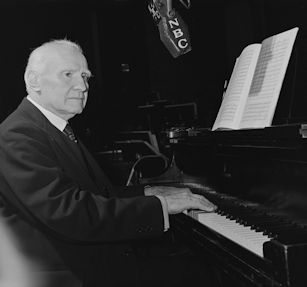
Walter Johannes Damrosch (January 30,
1862 – December 22, 1950) was a German-born
American conductor and composer. He is best remembered
today as long-time director of the New York Symphony
Orchestra and for conducting the world premiere performances
of George Gershwin's Piano Concerto in
F (1925) and An American in Paris (1928).
Damrosch was also instrumental in the founding of Carnegie
Hall. He also conducted the first performance of Rachmaninov's
third piano concerto with Rachmaninov himself as a soloist.
Damrosch was the National Broadcasting
Company's music director under David Sarnoff,
and from 1928 to 1942, he hosted the network's
Music Appreciation Hour, a popular series
of radio lectures on classic music aimed at students.
(The show was broadcast during school hours, and teachers
were provided with textbooks and worksheets by the
network.) According to former New York Times
critic Harold C. Schonberg in his collection Facing
the Music, Damrosch was notorious for making up silly
lyrics for the music he discussed in order to "help" young
people appreciate it, rather than letting the music speak
for itself.
|
Now, ninety years later, what would be the
long-term effect of even a mere five million listeners
(and viewers) of similar presentations on their
computers? I hereby "donate" all the interviews which
are posted on my website as research
materials to be used as any kind of compendium
or supporting material to a venture such as this.
= = = = = = = = =
[October
16, 2021] Occasionally, people notice that
my name (DUFFIE) is spelled differently than usual.
As a young boy, I asked my father about it, but he
just dismissed it with a shrug and a throw-away line about
an ancestor being a horse-thief. In any event, when
heard and not seen, most people will assume it's DUFFY. That
has never bothered me, except when necessary... like directing
people to my website! There, the name needs to be spelled
correctly.
When
speaking with composers, or others involved with new
music, they often asked if I was related to John Duffy. A
few even thought I was him! John was
a composer himself, who also founded Meet The Composer
in 1974, and ran it until 1996. When John
and I eventually met, I distinctly remember that we both had
to carefully write the other's name when scribbling our
contact info. I also interviewed the violinist Robert McDuffie,
and there is a woman named Duffie Adelson, who ran the Merit School
of Music in Chicago. In college, after we music
students learned about the early Renaissance composer Guillaume
Dufay (or Du Fay, pronounced doo-FYE, or dew-FY, in either case
it rhymes with defy) (1397-1474), I was always called by that
name.
What
brought all this to my mind recently was watching
baseball games of the Chicago Cubs. (Yes, even
after trading away several of their best players, I will
still follow them, as I have since I was a kid.)
After being with other teams, the infielder Matt DUFFY signed
with the Cubs for 2021. It always pleased me to hear
the TV announcers say his name, especially when he hit a home
run, or made a spectacular fielding play. As it happened,
there were a couple of Cubs games against the Minnesota Twins.
(They don't play each other very often because they are
in different leagues, but now, with inter-league contests,
they do meet every few years.) Until I happened to hear
my family name spoken on the Twins' roster, I was unaware of pitcher
Tyler DUFFEY. Unfortunately, I didn't pay close enough attention
at the time to know if DUFFEY pitched to DUFFY.
After
the fact, I e-mailed the Cubs to find out, but received
no answer. So, I sent the same e-mail to the
Twins. Again, no answer. Finally, I
contacted the Cubs Insider, an unofficial website.
Well, you guessed it, I got no response. That's
three strikes, so I'm out. This is too bad, because
it would have been fun to speculate about DUFFIE watching
DUFFEY pitching to DUFFY. Of course, the best would
be if I was at Wrigley Field to catch a homer, or even a foul
ball in this situation! *sigh*
Oh
well, as they say, "Wait 'til next year . . . . ."
[May, 2022] It's
now 'next year', and DUFFY has been traded to the
Los Angeles Angels. *big sigh*
[October
19, 2021] Also regarding names... The
Poet and Peasant Overture by Franz von Suppé
is certainly one of the more popular items on concerts
of light music. It's from an 1846 Viennese operetta
Dichter und Bauer, to use the original title. For
a long time, my interview with pianist Mischa Dichter has
been posted on this website. Earlier today,
I uploaded my conversation with conductor Harold Bauer.
I just thought it was a nifty happenstance.
= = = = = = = = =
[October
30, 2021] A friend of mine sent me the following
item. It reminds me of Emily Litella, the malaprop
character played by Gilda Radner in the early years
of Saturday Night Live.
[November
17, 2021] With all the re-thinking
about language these days, just as we call 8:00 "eight
o'clock", perhaps we should call August "eight o'calendar."
Also, what is the difference between
a thingamajig and a doohickey?
= = = = = = = = =
[November
27, 2021] The cartoon below could easily
have been inspired by my own work-space... *sigh*
= = = = = = = = =
[December
31, 2021] Three thoughts as we move from one
year to the next.....
A guy walks into a bar on New Year’s Eve and orders a glass
of champagne.
“It’s finally happened!” he exclaims. “I’ve made enough money that
I don’t have to work for the rest of the
year!”
-----------------------------
My New Year’s Resolution is to go to the gym more often, get into
grad school, pay off my bills, and learn
a new language.
I don’t have a clue how I’m going to get all that done by tomorrow.
-----------------------------
I’m going to stay up on New Year’s Eve this year.
Not to see the New Year in, but to ensure this one leaves.
= = = = = = = = =
[January 8, 2022] First, let me say that I am
NOT a gamer. I don't play video games, and really never have. When
I was in undergraduate school, I played Pinball,
which had flippers controlled by my hands, and
a round steel ball which knocked down targets and banged
into bumpers to accumulate points. It was kinda fun,
and I wasted a bit of time on the machine in the basement
of my dorm. Partly, it was also that we discovered
a way to 'cheat' a bit, thus gaining free games, and allowing
us to keep playing for no extra cash.
Later, while
working for WNIB, there was a pinball machine in
the coin laundry next to my 'L' stop, and I'd sometimes
go in and play a bit. Being cheap, I'd put in
50 cents, and play until that was gone. Sometimes I'd
spend an additional 50 cents, but never more than that amount
of money. Usually, that meant fifteen to twenty minutes,
but occasionally a half hour, and sometimes a mere five minutes.
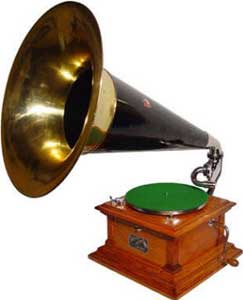 What brings
this all to mind was an article by Jake Peterson which
I just stumbled on in the Lifehacker website.
It was titled, "Why Do Retro Games Look Better
On Old TVs?" The subtitle was, "8-bit Mario is never
going to look great on your 65-inch 4K TV." Here are
the opening two paragraphs...
What brings
this all to mind was an article by Jake Peterson which
I just stumbled on in the Lifehacker website.
It was titled, "Why Do Retro Games Look Better
On Old TVs?" The subtitle was, "8-bit Mario is never
going to look great on your 65-inch 4K TV." Here are
the opening two paragraphs...
<<<If
you own retro consoles—say, a Super Nintendo
or a Sega Genesis—you have access to some of gaming’s
greatest roots. However, you might find plugging these awesome
consoles into your current TV doesn’t result in the experience
you remember from years past. Games look fuzzy and distorted,
and it can be tempting to think your memory is playing tricks
on you. It’s not your memory, though; it’s your TV.
For retro gamers, the CRT is the
display of choice. Those giant, boxy
television sets that nearly everyone threw out
or gave away in favor of modern flat panels are actually
coveted for their ability to properly display games from
the ‘80s, ‘90s, and even part of the aughts. Retro games
are not designed for modern, pixel-dense TVs.>>>
The article then goes on to explain the
thesis in detail, most of which I do not understand and don't care to explore
further.
My reason for bringing this up is that
since discovering 78 rpm records as a teenager,
and learning of the difference between 'acoustics'
and 'electrics', the old collectors insisted that acoustics
sounded better on outside-horn machines [as shown here
on the right, and also seen above where the dog Nipper is
listening to His Master's Voice]. This means that
these records do not sound as good when played by equipment
which has speakers. A variation of the outside-horn
machine was the inside-horn cabinet, which simply put the horn
into the box, and allowed it all to look nicer in one's living room.
In the photo at left, the horn is in the short chamber immediately
below the turntable, and below that is a larger chamber where records
could be stored. When not in use, it could be all closed up,
and was a distinguished piece of furniture. A photo of
two of the greatest singers of that era, Tita Ruffo and Enrico Caruso,
listening to their efforts can be seen on the page of my interview
with George Jellinek.
They only made one record together, on January
8, 1914. That page also has a self-caricature made
by the tenor of the recording process of singing into
the horn.
Acoustic
records were recorded by singing or playing into
a horn that looked like a megaphone, and electrics
were recorded by using a microphone. The date of
change from one to the other is 1925. All records
made prior to that date are acoustics, and after that date
they all are electrics. The change was almost immediate,
and generally universal, because it was the record companies
which had to invest in the new equipment, which they did. Both
acoustics and electrics would be playable on either horn or
speaker machines, so it was not that urgent for the public to
get new equipment. It is similar to film, in that all
movies prior to The Jazz Singer of 1927 were silent,
but after that date, little by little sound was incorporated,
and they were called talkies. But the change was more
gradual because it meant that all the movie houses had to invest
in sound reproduction equipment. Other huge changes happened
in 1948 with the introduction of Long Playing records, (although
a few 78s were still being made as late as 1955 or so), and again
in the mid-1950s when Stereo came along.
Anyway,
it just hit me that no matter what development comes
along, a similar upheaval probably occurred in the past...
*sigh*
[January
13, 2022] Continuing with the idea of recordings,
while preparing to post my interview with oboist
Ray Still, he
mentioned that early in his career he had played
on a record called Classical Music For People
Who Don’t Know
Anything About Classical Music, conducted by Robert
Russell Bennett. A bit of searching turned up some interesting
items, which are shown below.
= = = = = = = = =
[January
30, 2022] For a very special music joke about
Mary Had a Little Lamb, click HERE.
[February 5, 2022]
Remember the old PSA (public service announcement)
shown below-left? Well, I've devised a new one
relevant to my topic, shown below-right . . . . .
[March 5, 2022]
Three computer jokes . . . . .
I heard Reggae music coming from my printer.
The paper was jammin’.
—
I bought a 3D printer, but I didn’t like it.
So I 3D printed a dumpster to throw it in.
__
On Ash Wednesday I will be giving
up spreadsheets for 40 days and 40 nights.
It’s going to be
completely Excel Lent.
= = = = = = = = =
[April 28, 2022]
C'mon... we all knew this was going to happen,
right???
[August 21, 2022]
As the new school year begins, perhaps we should
re-examine the curriculum . . . . .
= = = = = = = = =
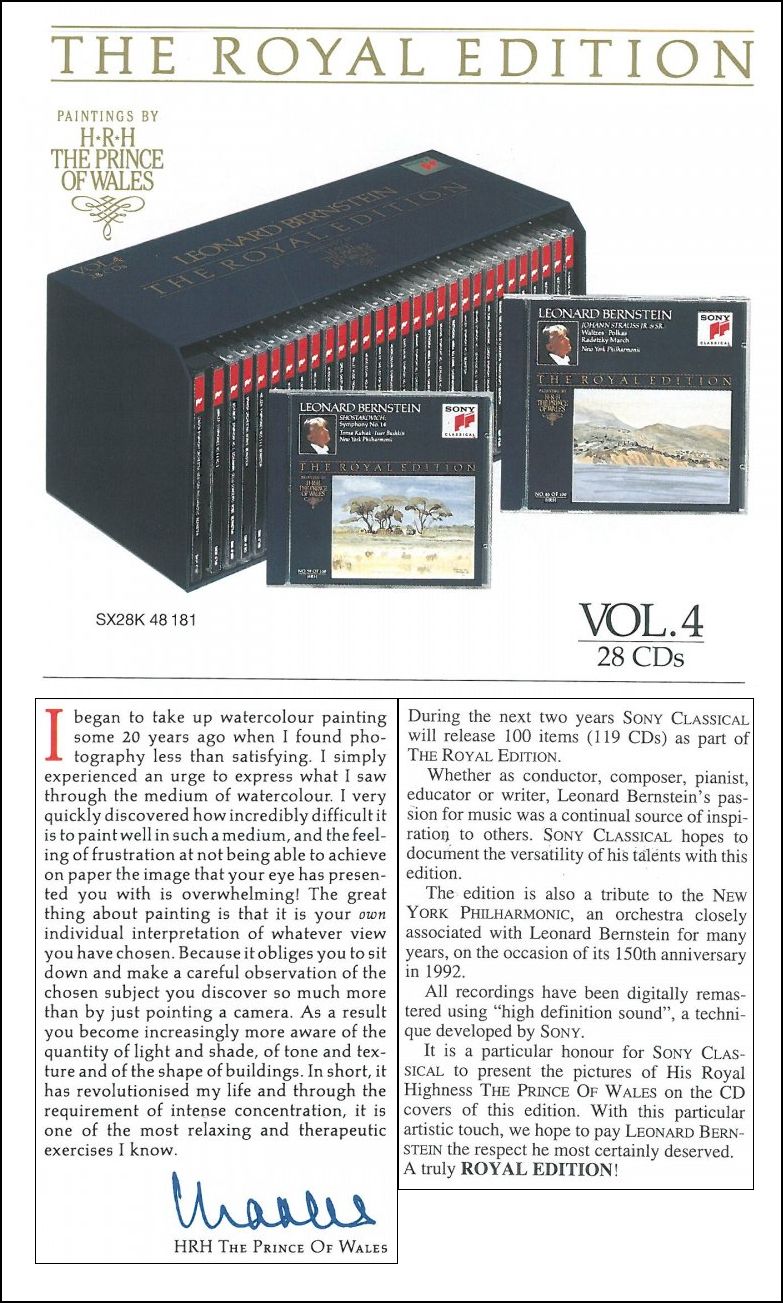
[September 17, 2022]
It is known that I never discuss politics,
and rarely post items of topical interest. However, back
in 1987, I had a wonderful interview with Lord Harewood.
During his lifetime, he was (among other things)
editor of Opera
Magazine and the famous Kobbé's Complete Opera Book,
Director of the Royal Opera Covent Garden and the English
National Opera, as well as several festivals, and the BBC.
He had boundless enthusiasm for opera in general and Verdi
in particular – equating his music with Shakespeare's
plays.
He was also a member
of the British Royal Family. Captain
George Henry Hubert Lascelles acceded to the title of 7th
Earl of Harewood on 23 May 1947. Lord Harewood
[pronounced HAHR-wood] was the grandson of King George V, and
first cousin to the late Queen Elizabeth.
With her passing, and the accession
of King Charles III, I wanted to present this small bit
of my conversation . . . . .
BD: You are first
cousin to the Queen. Has your involvement and interest
in the arts engendered more interest on her part?
H: I don’t think
she would put it down first in her list of hobbies if she were
asked to write in Who’s Who.
The one member of the family who likes it a lot and is
very involved is Prince Charles, the Prince of Wales.
He likes music a lot, but he is the first person for a generation
who has.
BD: Permit me to ask
one question, and you may dodge it if you like. Will
he make a good king?
H: [Matter of factly]
Oh yes. I think he’s a marvelous man. He
has so many qualities and so many experiences and he’s so
judicious about how he estimates them and how he goes about
them. I think he’ll be extraordinary.
* * * *
*
[September 19, 2022] [This
item by Norman Lebrecht appeared on September 18, 2022,
in the column SlippedDisc, ‘the
#1 Classical Music News Site’.]
In 2016, Judith Weir received the Royal Command
to become the first woman ever to serve as Master of the
Queen’s Musick, a title that dates back to 1626. No-one proposed,
then or now, to modify the term Master in a manner that made it
more gender inclusive. Now she is Master of the King’s Musick.
She tells the Washington Post:
‘I think most of us have grown up with, as we knew him,
Prince Charles. He actually is a most unusual lover of classical
music. He was a cellist in his youth, played in college orchestra
and really intensely loves classical music. He’s made some very
touching statements when interviewed about his interests and
has made it clear that it’s absolutely top of the list. I don’t expect
there to be less interest in what we musicians do, and I’m sort
of anticipating that there’s a chance for us to do even more,
once he gets over the huge backlog of work he has to do.’
* * * *
*
In another item, Weir says:
‘“For this funeral service, Westminster Abbey requested
that I set to music the first seven verses of Psalm 42, “Like
as the hart desireth the water-brooks: so longeth my soul after
thee, O God”. The words and music speak at first of the soul’s
great sadness and thirst for God’s reassurance; but as the psalm
progresses, the mood becomes calmer and more resolved, culminating
in consolation, with the words “Put thy trust in God”. The Queen’s
strong faith in, and support of, Anglican worship was an inspiration
for me when setting this psalm to music.”’
= = = = = = = = =
[October 1, 2022]
Over the years, Kathy Cunningham has created several
groups of hand-made ceramic pumpkins. One is pictured
below, and more can be found HERE.

= = = = = = = = =
[Thanksgiving, 2022] As
we head into the Holiday Season once again, the Museum
of Science and Industry in Chicago presents their annual
exhibit Christmas Around the World and Holidays of Light.
Since 2011, Kathy Cunningham has been in charge of the
USA TREE, which is always a highlight of the display. This
year, she made a set of enamel ornaments depicting the birds, flowers,
and trees of each state, plus Washington D.C., and the four US Territories.
These, along with the set of wooden ornaments and other items
from previous years adorn the tree. Everything except the crystal
icicles and the flags is hand-made, and can be seen on the various
webpages starting HERE. Shown
below-left is a shot of the tree after being decorated
by the Friends of the USA Tree, but before it had been
placed into the exhibit. On the right is a close-up of
one of the new ornaments (front and back) as an example.
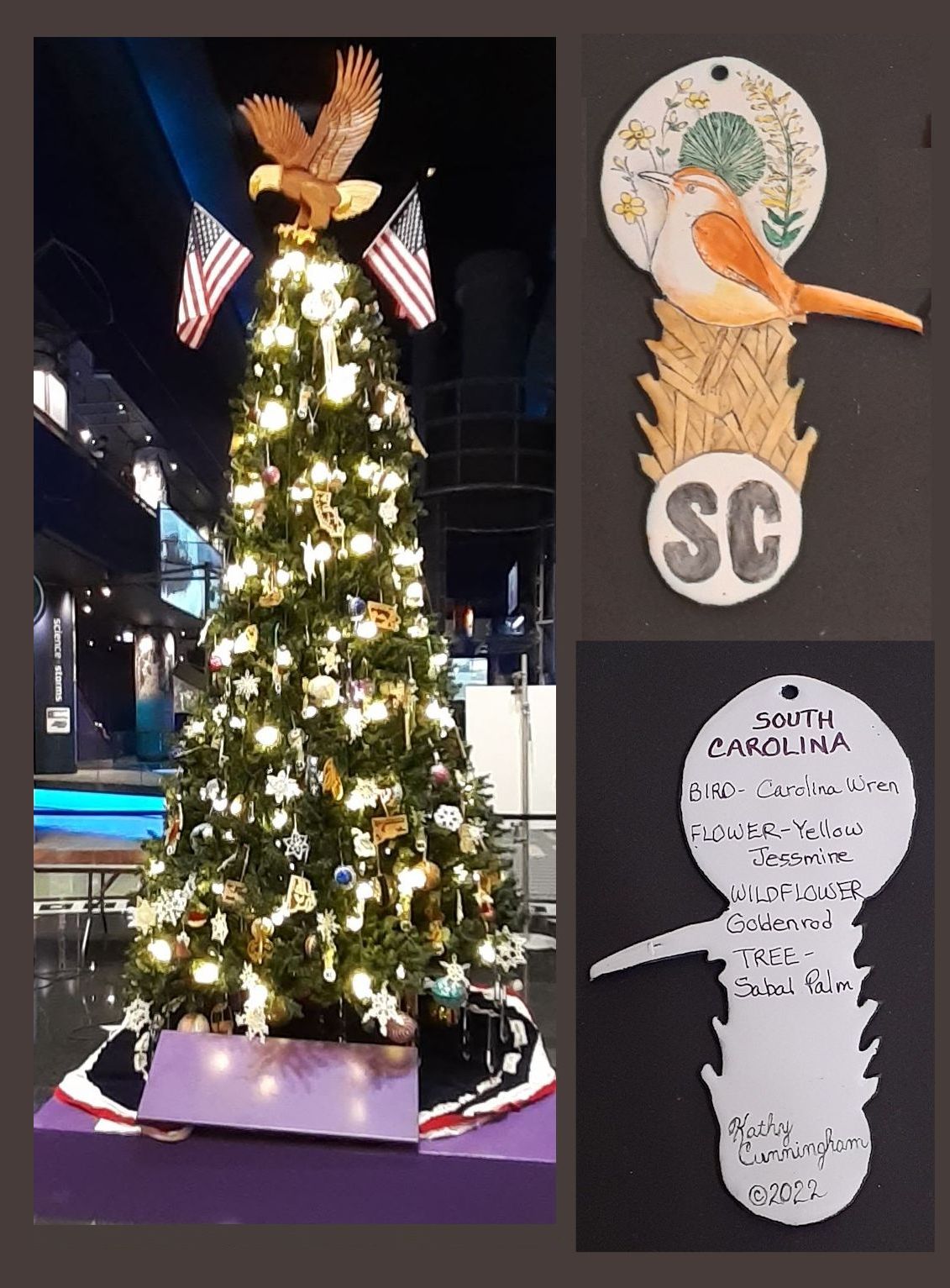
= = = = = = = = =
[December 4, 2022]
I ran across the following cartoon a couple months ago,
and saved it for Christmastide. Having grown up as a
choral singer, this particular carol appeared regularly. Like
Ninety-Nine Bottles of Beer on the Wall, it can become
repetitious. (!) If I may, allow me to recommend one
(of many) recorded versions for your listening pleasure. When
Joan Sutherland
committed it to disc, she used an arrangement by Douglas
Gamley. Since it only runs 3:10, let me suggest that
you listen to it twice. The first time, just enjoy her
lovely voice. The second time, ignore her singing (as much
as possible), and concentrate on the rest of the sounds. It
is the 'arrangement' which is notable, and can even be used as a
teaching-device to demonstrate the possibilities of making a terrific
version of an over-familiar (and over-repetitive) piece.
= = = = = = = = =
[December 27, 2022] A
few months ago, I ran across some cartoons by a Canadian
pianist. I saved this one (below) for an appropriate time
. . . . . . . . .
= = = = = = = = =
[January 19, 2023] As
we head into the New Year, here's a bit of news that's sure
to cause consternation among lovers of Classical Music...
*huge sigh*
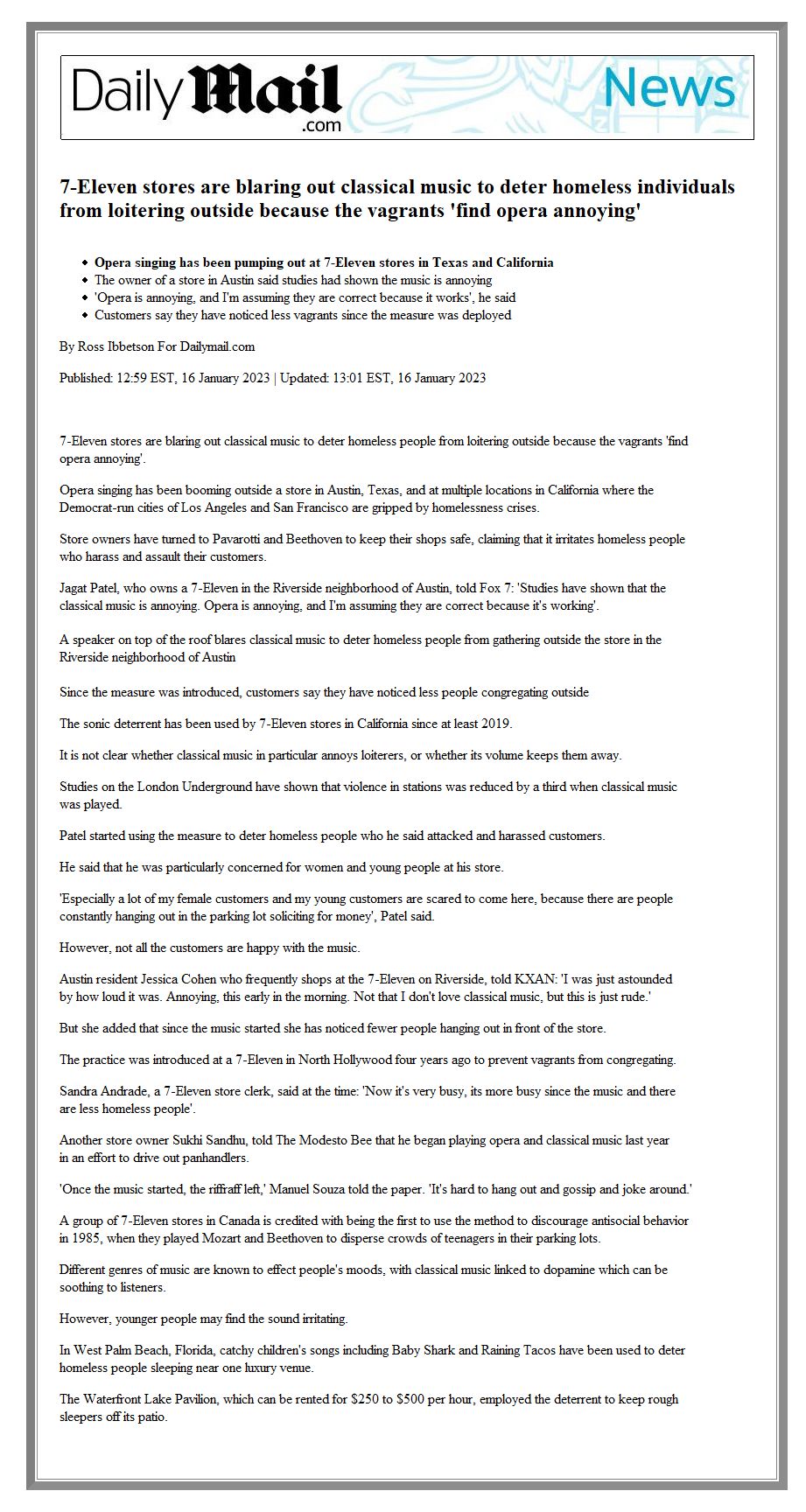
= = = = = = = = =
[February 14, 2023] It's
Valentine's Day, which reminds me of a wise-crack I used
to say in years when I was on the air that evening (1975-2001).
[Note that when one hears the term 'VD', it usually refers
to venereal disease, which is now called STD, or sexually transmitted
disease.] Anyway, on Valentine's Day I would, "Wish everyone
a safe, happy, and prosperous V.D." While I was never reprimanded
by the management for saying that, I do wonder if such a phrase
might not be decried as unacceptable in today's socio-political
climate. Being on a Classical Music station, perhaps my listeners
were a bit more sophisticated than those tuned to the Top-40 bubble-gum
frequency... (!)
= = = = = = = = =
[March 2, 2023] Throughout
my adult life, I have always encouraged people to experience
live Classical Music concerts. As far back as when I was
in junior high school (7th and 8th grades), my growing knowledge
and enthusiasm manifested itself in this quest. Later, I have
been quoted as saying that though I made my living on radio via recorded
performances, the LIVE variety was The True Way.
Some months ago, I saw the following cartoon,
and stuck it in my file for future amusement...
Little did I know that the idea would
actually come to pass... What follows are two news
items from a regular daily feed called Slippedisc. There
have, of course, been occasional disruptions in concert halls over
the years, but this seems to be a first. Let us hope that it
is the last...
Here are more details from the following
day ...
[April 19, 2024] A little more than a year
later, we find this report . . . . .
[A couple weeks later...] Next, we have
an 'official' statement, and then the perfect input from Stephen Hough, dealing
with his upcoming performance . . . . .
= = = = = = = = =
[March 14, 2023 ( day) ] A special version.....
day) ] A special version.....
= = = = = = = = =
[April 2, 2023]
I wonder if anyone has ever tried speakng the phrase,
"Alexa: Klaatu barada nikto." [Reference: The 1951
film The Day the Earth Stood Still.]
= = = = = = = = =
[April 30, 2023] With budget considerations
always being discussed, this item should be kept handy . .
. . . . . . .
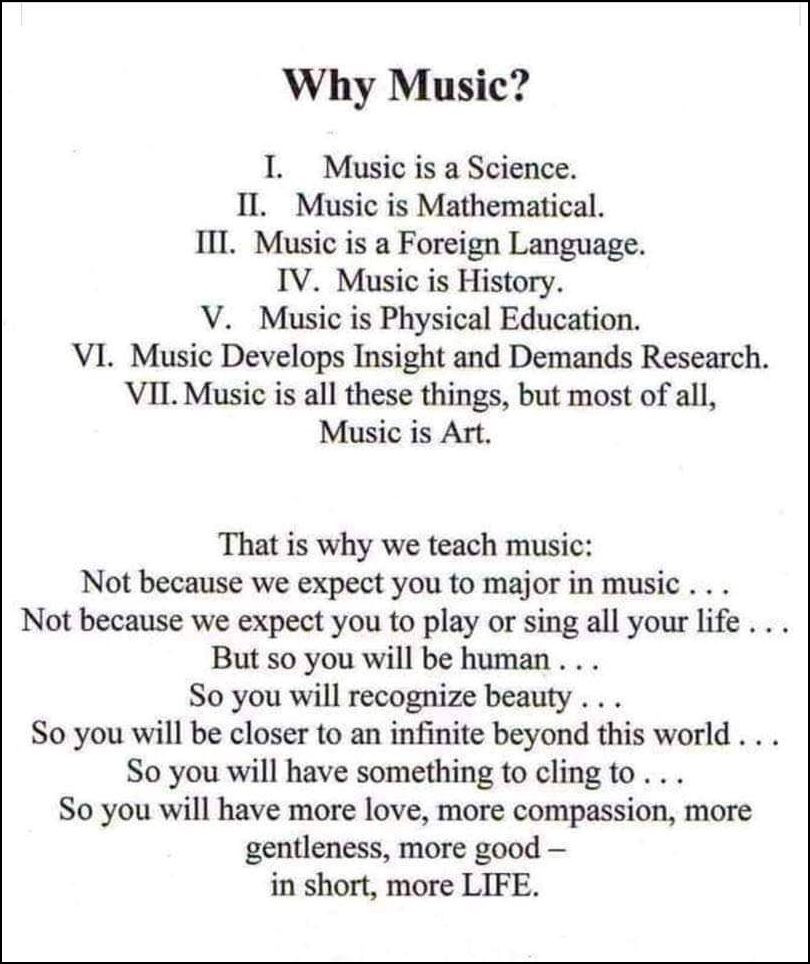
= = = = = = = = =
[August 8, 2023] Some bad
news, and then some good news.....
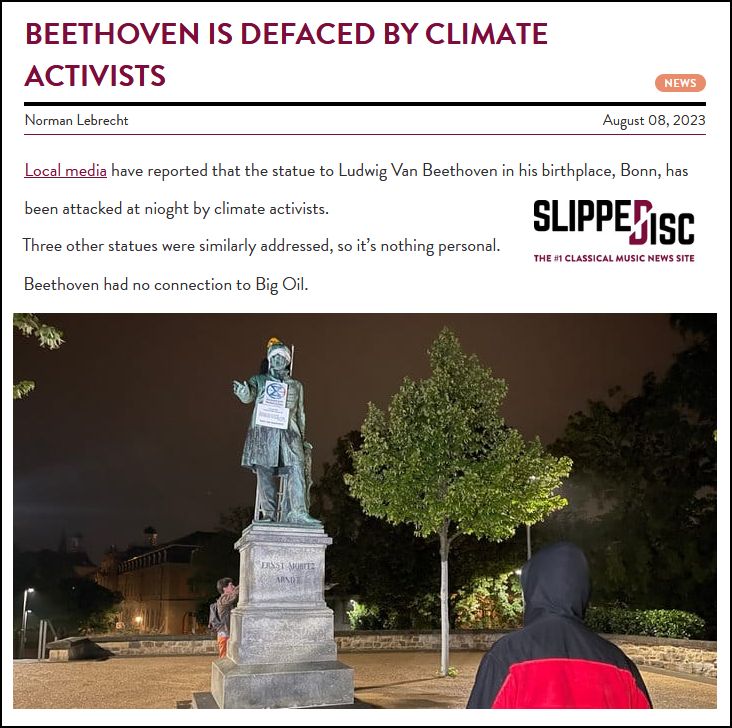
= = = = = = = = =
[October 28, 2023] For
those who drive around looking at Halloween decorations, here's
a scary group that might appear on your dashboard...
= = = = = = = = =
[December 31, 2023] As the year
comes to a close . . . . . [12/31/23]
[March 11, 2024] Today I am 73.
A quick Google search of that number presented several
items. This one was my favorite . . . . .
[June 16, 2024] In case I don't make it
to 74, at least there is something for me after my demise . . .
. .
= = = = = = = = =
[May 12, 2024] This admonishment
(below) was seen on a bus in Birmingham, England. Whether
or not it has anything to do with the uproar at the Symphony concerts
(cited above) is anyone's guess . . . . .
= = = = = = = = =
[May 28, 2024] While watching the Cubs play
Milwaukee on TV, I heard them introduce a Brewers pinch hitter named
Monasterio.
At first I could have sworn
the announcer said MONO-STEREO. *sigh* [The Cubs won
6-3.]
[June 23, 2024] Whenever I see an ad
on TV for Capella University, I always wonder if they have an a
cappella chorus.
= = = = = = = = =
[November 3, 2024] I hope *everybody* remembered
to re-set their clocks for Standard Time. When I was a boy, I
sang in the Choristers at St. Mark's Church in Evanston. In the
Spring, the choirmaster would scream and holler at us during Thursday
night's rehearsal, to be sure to remind our parents to set their clocks
ahead. Otherwise, we'd be late for Sunday services. He would
actually (really!) jump up and down while saying this. HOWEVER, in
the Fall, when failure to re-set would mean we'd show up an hour early,
he never said a word. I kinda respected him for that!
Later in life, I usually worked that Saturday Night/Sunday
Morning shift at WNIB, and I would make a big point of saying "Central
Daylight Time" or "Central Standard Time". The
next evening, I would gently chide the public with, "Did you remember
to re-set ALL your clocks and watches??? How about the one in your
car? Or what about that special wristwatch in your jewelry box,
that you only wear on important occasions?" And yes, I did get
a few calls thanking me for reminding them of those items . . . . .

= = = = = = = = =
[February 9, 2025] As it relates to music, the
term 'period practice' is a style of music performance that uses techniques
and instruments from a specific historical period.
Today, there was an item on the Slippedisc website under
the heading 'A Different Kind of Period Practice' . . . . .
Chicago, IL, February 2025 –
Endometriosis Awareness Month highlights the chronic condition affecting
11% of American women, but everyone who menstruates deals with the
monthly pain. As science looks into the relationship between music
and pain relief, could a new playlist be the key to relieving cramps?
For many women, menstrual cramps are more than
just a monthly inconvenience: they can disrupt daily life and impact
overall well-being. But what if relief could be as simple as pressing
“play” on your favorite playlist?
A recent study published in BMC Women’s Health
explored the artistry effects of music and drawing as coping mechanisms
for menstrual pain in nursing students. The results were promising,
showing that listening to music not only alleviated menstrual pain but
also helped reduce some of the emotional discomfort often associated with
menstruation.
The science behind this finding is rooted in how
music interacts with the brain. Research suggests that music activates
the limbic system, a region responsible for processing both emotions
and pain perception. This stimulation can reduce the transmission of
pain signals, making menstrual cramps feel less intense. Furthermore,
music has the ability to trigger the release of endorphins, the body’s
natural painkillers.
This healing power of music is supported by scientific
research. A study published in the National Library of Medicine, titled
Standardizing Music Characteristics for the Management of Pain, revealed
that instrumental music, particularly without lyrics, is highly
effective in relieving pain. The study examined music with specific
features: no lyrics, little percussion, no nature sounds, and a tempo
of around 60-80 beats per minute (bpm). While each of these features
contributed to pain relief, the absence of lyrics consistently showed
the strongest results across studies.
Recognizing music’s ability to heal and uplift,
U by Kotex® has curated a playlist of 20 classical tracks to help
you relax during your period and navigate the ups and downs of your
cycle. *Listed in order of BPM (beats per minute), from
highest to lowest*
| # |
Composer |
Song title |
BPM |
| 1 |
Vaughan Williams |
Greensleeves |
80 |
| 2 |
Rosetti |
Piano Sonata in B-Flat Major, RWV E3: II.
Andante |
79 |
3
|
Mozart
|
Sonata No. 8 in A Minor, II Andante Cantabile
|
78 |
| 4 |
Debussy |
The girl with the flaxen hair |
76 |
| 5 |
Ennio Morricone |
Gabriel’s Oboe |
76 |
| 6 |
Bach |
Air on the G string |
74 |
| 9 |
Pachelbel |
Canon in D |
72 |
| 10 |
Yiruma |
River’s Flow in You |
69 |
| 12 |
Craig Armstrong |
Romeo and Juliet Balcony Scene |
65 |
| 13 |
Satie |
Gymnopedie No. 1 |
64 |
| 14 |
Saint-Saëns |
The Swan |
60 |
| 15 |
Johann Strauss II |
The Blue Danube Waltz |
58 |
| 16 |
Beethoven |
Moonlight Sonata (1st Movement |
58 |
| 17 |
Tchaikovsky |
Swan Lake Act 2, No.10 |
58 |
| 19 |
Mahler |
Adagietto (Symphony No. 5) |
54 |
| 20 |
Arvo Pärt |
Spiegel im Spiegel |
54 |
|
= = = = = = = = =
[
March 25, 2025] Communication over the
generation gap...
I asked my daughter to give me the phone book.
She laughed at me, called me a dinosaur, and handed
me her iPhone.
So….. The spider is dead, the iPhone is broken,
and my daughter is pissed.
= = = = = = = = =
There was an old woman who lived in a shoe,
but only during the cold months.
In the summer she rented an open-toe sandal!
* * *
What time is 25% of a ballet dancer's outfit?
1:45 [Quarter to two, or quarter tutu.]
* * *
If Goofy's pet dog had $$$, he'd be a Plutocrat!
* * *
Baa, baa, black sheep, have you any wool?
Not since I went to a cotton-polyester blend!
* * *
'Twas the night before Christmas, and all through the house,
Not a creature was stirring... because everyone had already finished
the food-preparation!
* * *
Rigoletto is the hunchback jester and title character in Verdi's
opera Rigoletto,
which is based on the play Le roi s'amuse by Victor
Hugo.
Quasimodo is the title character of Hugo's Gothic Novel The
Hunchback of Notre-Dame.
Those two characters should file a class-action lawsuit for
Trademark Infringement against
Goodson-Todman, producers of the 1958-63 TV game show Play
Your Hunch.
[Brief pause to allow for laughter or groans.....]
Seriously, about the program, Variety [January 14, 1959]
called it
"typical daytime audience participation fare that some housewives
find entertaining."
I wonder what the rest of the media would say if such
a comment was made now!
= = = = = = = = =
[April 10, 2025] Apparently there was a
bit of a dust-up at a piano recital in Amsterdam, when a woman confronted
the soloist and demanded to know what he was about to play. This news
item (on Slippedisc) elicited a long discussion, which included
reasoned remarks as well as ugly derision of various publics. In
the midst of it all, one comment made me literally laugh out loud...
You see, we in America are spoiled because programs are usually
free and plentiful. It was pointed out that in Europe, quantities
are often very limited, and sometimes cost quite a bit. So, it
seems that numerous soloists announce what they are about to play, but
a few do not. One wag suggested that a particular pianist should
say that he was going to play the Beethoven Appassionata, but then
actually perform the Waldstein.
= = = = = = = = =
[August 13, 2025] Speaking of famous keyboards
. . . . .
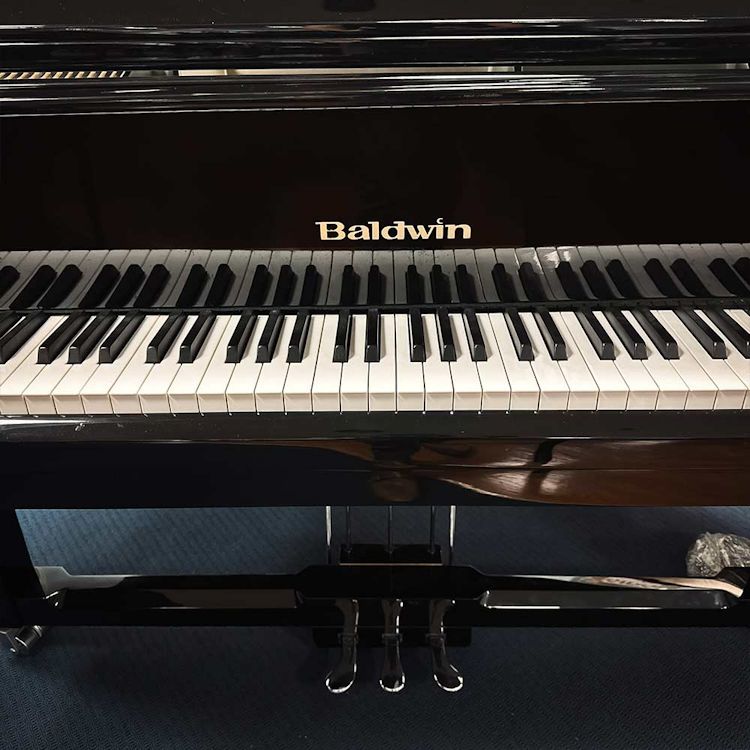
Baldwin... Official Piano of the Hairless Victory
= = = = = = = = =
[August 18, 2025] When I came upon the following
news item in Slippedisc, I wracked my brain trying to think of
*any* operas which would not need some kind of warning . . . . .
= = = = = = = = =
{August 20, 2025] A couple weekends
ago, Chicago had its annual Air & Water Show. I just wondered
if there was anyone whose family name was 'Watershow', and if they might
name their offspring either 'Aaron', or 'Erin'. [Pause for chuckles
or groans] Subsequently, the East Coast was hit with hurricane Erin,
and while watching the network news (on various channels), one reporter
was actually named Aaron! Aaron reporting on Erin... OK, so
I'm easily amused these days... *sigh*
= = = = = = = = =
[October 29, 2025] [Item on Slippedisc]
Ahhhhhh... I feel better already!
Montreal doctors can now prescribe concerts for
wellness
Press Statement:
Montreal, October 29, 2025 – United by a shared mission to
bring the many benefits of music to the community, the Orchestre symphonique
de Montréal and Médecins francophones du Canada are joining
forces to launch a new initiative: La musique sur ordonnance (Music on
Prescription). Beginning today, physicians who are members of Médecins
francophones du Canada and practice in Montreal will be able to prescribe
an OSM concert to their patients, offering free access to a live musical
experience as a complementary tool for wellness and health.
“At Médecins francophones du Canada, we firmly believe
that the well-being of physicians and that of their patients are closely
intertwined. With the initiative La musique sur ordonnance, we aim to
remind people that self-care is an essential part of medical practice.
By offering these wellness prescriptions, physicians provide their patients
with a moment of emotional connection and renewal—while also acknowledging
the importance of maintaining their own balance. This gesture strengthens
the therapeutic relationship and recentres care on the human being,” affirmed
Nicole Parent, Ph.D., Executive Director of Médecins francophones
du Canada.
|
= = = = = = = = =
[November 2, 2025] Saw this photo and immediately remembered
the lines 'The King was in his counting house/Counting out his money', from
the nursery rhyme Sing a Song of Sixpence.
= = = = = = = = =
[November 20, 2025] I've been wondering about this more and
more lately... As we progress (?) farther and farther, especially as
AI gets smarter and quicker, has our society perhaps jumped the shark?
= = = = = = = = =
[November 30, 2025] Hope everyone had a wonderful Turkey Day!
Now we can plunge ahead to Christmastide . . . . .
[December 22, 2025] Wrap Music...
A Christmas elf walks into a bar and orders an eggnog.
“What brings you to town?” the bartender asks.
The elf says, “I’m taking music classes at the community
college. Santa requires it of all the Christmas elves now.”
He takes a sip and then continues, “It’s supposed
to improve our rapping skills.”
[December 25, 2025] If only this was true.....
Very early in his career, Basil Rathbone auditioned
for a Yuletide production by singing, "I'll be Holmes for Christmas."
[December 31, 2025] A good way to begin 2026.....
Before the clock strikes midnight on December 31st,
be sure to lift your left leg.
That way, you’ll start the New Year on the right foot.


 As to the actual editing, when doing it
for the radio, I would always try to
select sections that showed my guest to their
best advantage. I would also make
sure to end the section on a positive note.
As to the actual editing, when doing it
for the radio, I would always try to
select sections that showed my guest to their
best advantage. I would also make
sure to end the section on a positive note.
 The following list appears on a couple
of the interview pages, but since
people continue to ask, here is the answer
. . .
The following list appears on a couple
of the interview pages, but since
people continue to ask, here is the answer
. . .





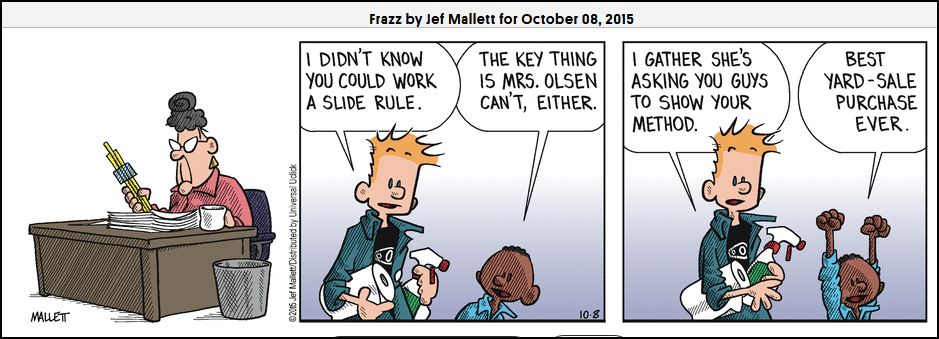




 His Master's Voice
(HMV) is a famous trademark in
the recording industry, and was the unofficial
name of a major British record label.
His Master's Voice
(HMV) is a famous trademark in
the recording industry, and was the unofficial
name of a major British record label. 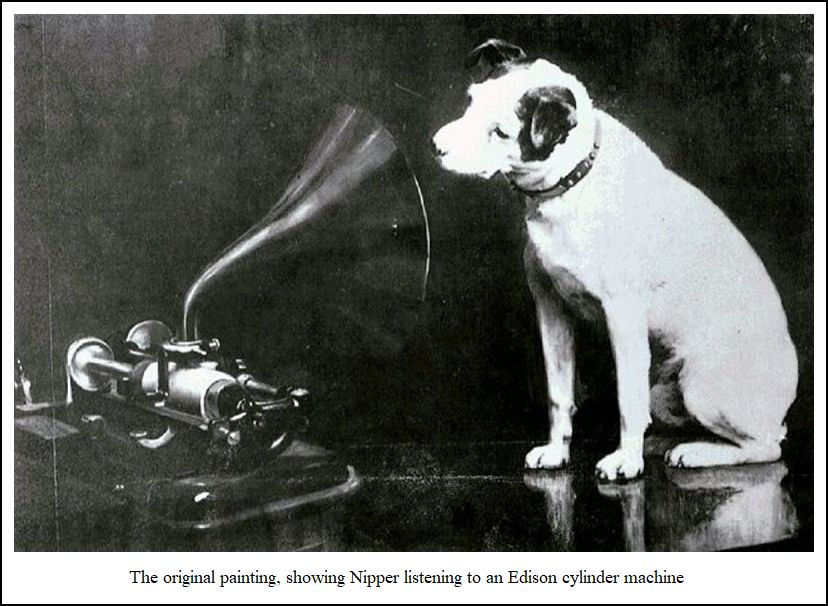
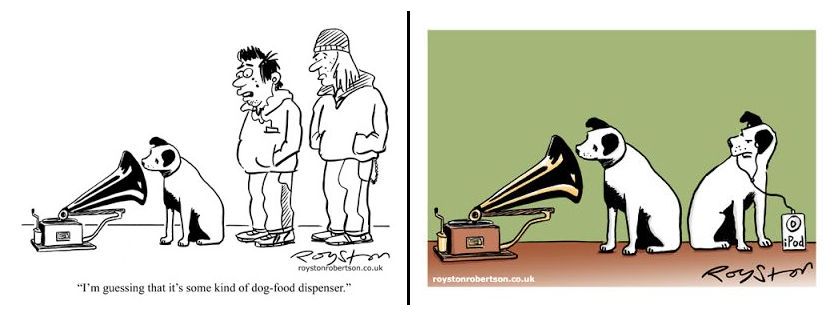


 Music Joke...
Question: What are the names
of the Three Bears? Answer:
Smokey Bear, Yogi Bear, Jacques Ibert
Music Joke...
Question: What are the names
of the Three Bears? Answer:
Smokey Bear, Yogi Bear, Jacques Ibert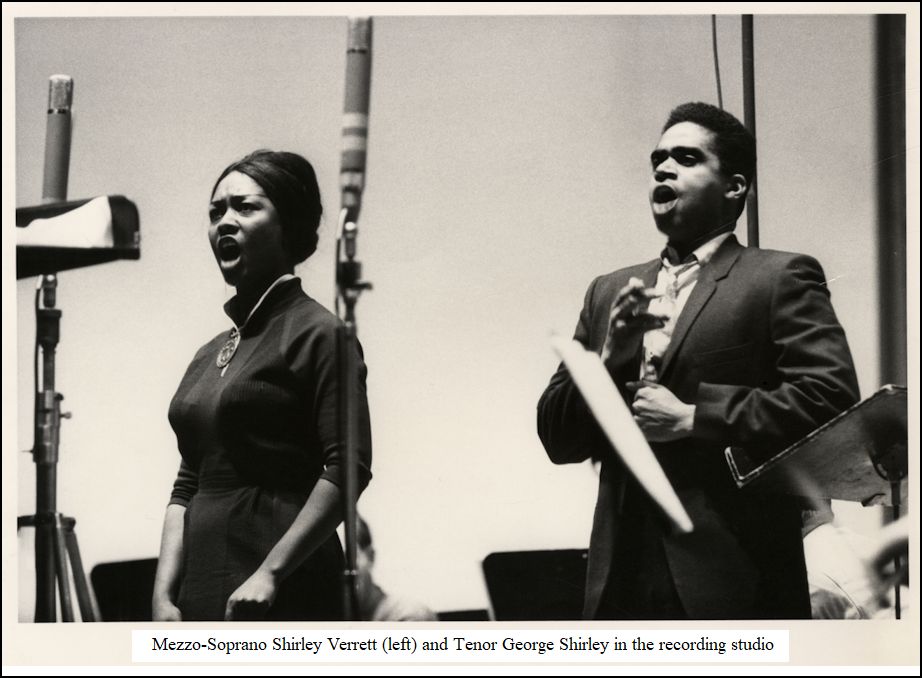















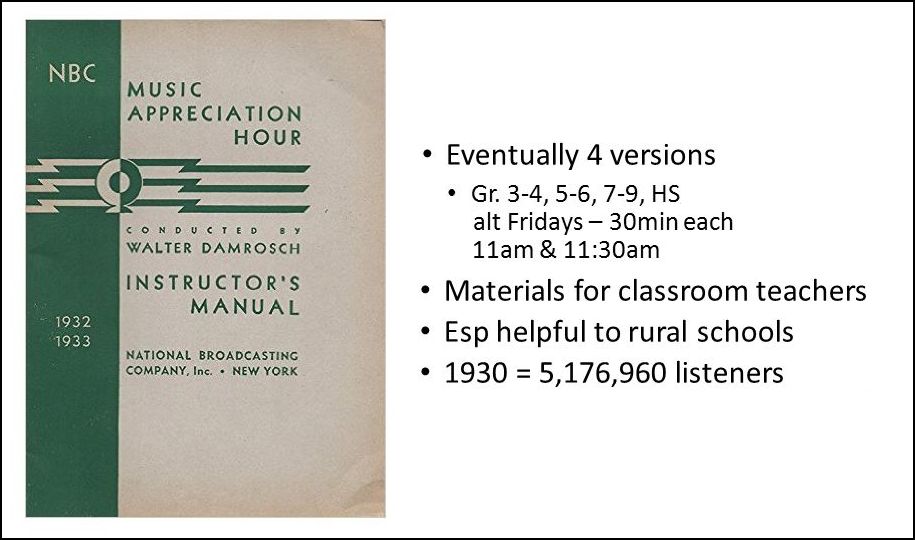
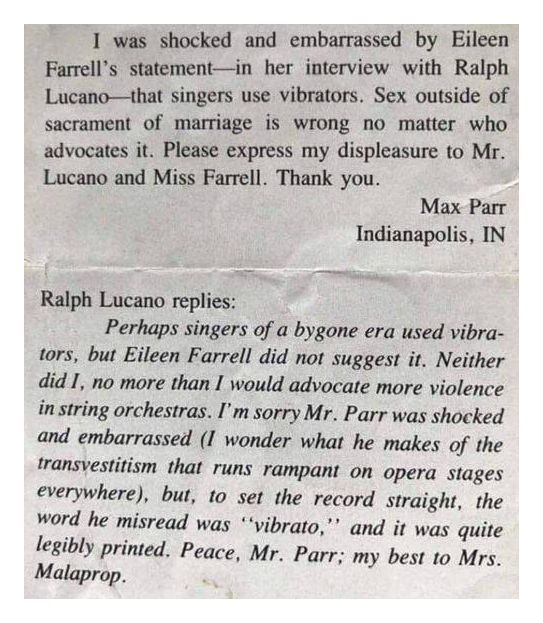
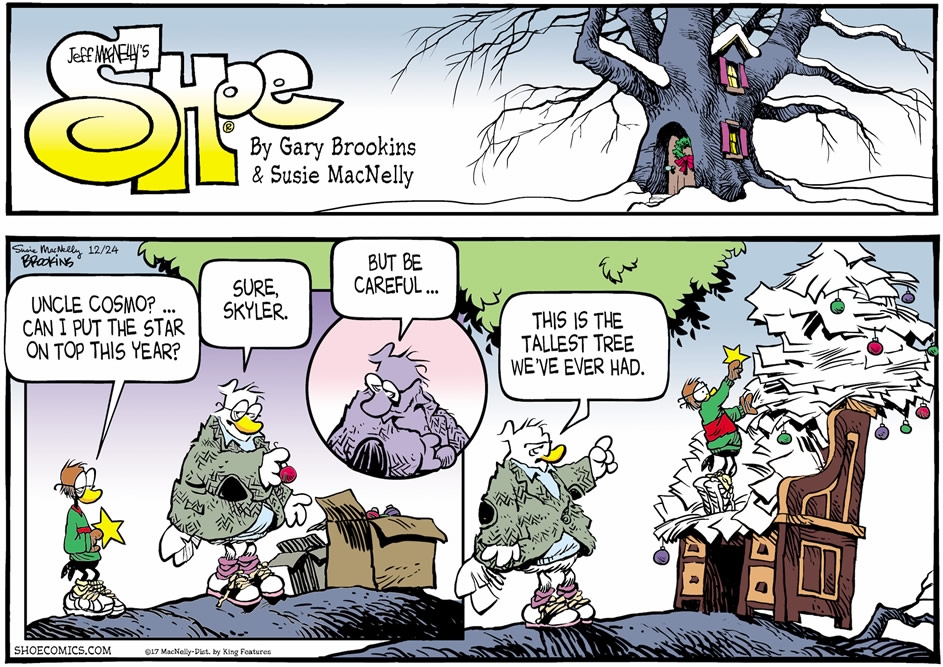
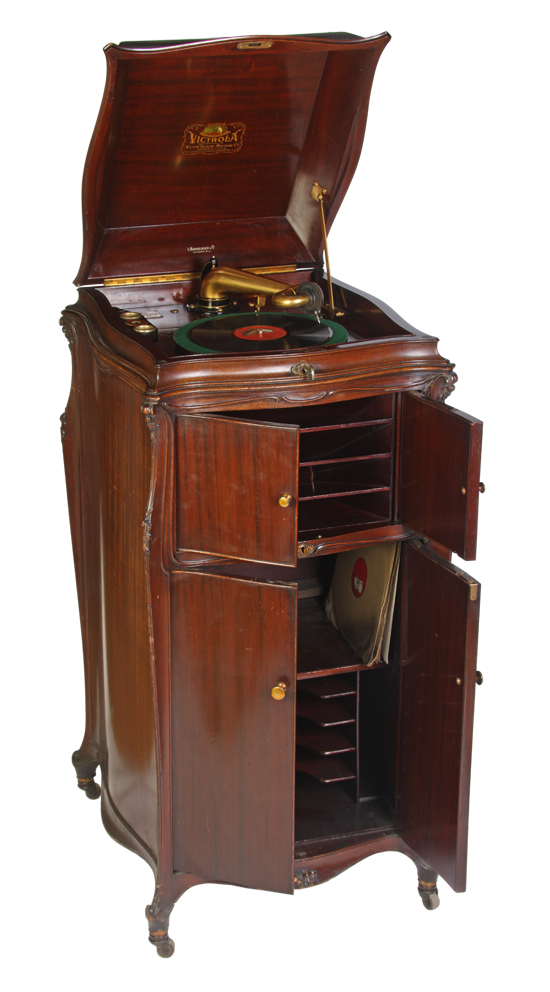
 What brings
this all to mind was an article by Jake Peterson which
I just stumbled on in the Lifehacker website.
It was titled, "Why Do Retro Games Look Better
On Old TVs?" The subtitle was, "8-bit Mario is never
going to look great on your 65-inch 4K TV." Here are
the opening two paragraphs...
What brings
this all to mind was an article by Jake Peterson which
I just stumbled on in the Lifehacker website.
It was titled, "Why Do Retro Games Look Better
On Old TVs?" The subtitle was, "8-bit Mario is never
going to look great on your 65-inch 4K TV." Here are
the opening two paragraphs...